
When you think of a bathroom, you likely think of a place to shower, brush your teeth, and use the toilet. But one common feature that is often overlooked is the medicine cabinet. You may have one in your own bathroom, but have you ever stopped to wonder why it's there? In this article, we'll explore the history and purpose of medicine cabinets and why they are an essential part of any bathroom.
The History of Medicine Cabinets
Early Beginnings
The concept of a medicine cabinet dates back to ancient civilizations, where people would store their medicinal herbs and remedies in a designated area of their home. However, it wasn't until the 19th century that the modern medicine cabinet as we know it today was invented.
In the 1800s, medicine cabinets were primarily used in pharmacies and hospitals to store and organize medications. They were typically made of wood and had multiple shelves and compartments for different types of medicines.
The Rise of Home Medicine Cabinets
As medicine cabinets became more common in pharmacies and hospitals, they also started to make their way into homes. In the early 20th century, medicine cabinets were seen as a symbol of modernity and were often included in newly built homes.
During this time, medicine cabinets were still primarily made of wood and were often built into the wall. They were seen as a convenient way to store and organize medications and other personal care items.
The Evolution of Medicine Cabinets
As technology and design advanced, so did medicine cabinets. In the 1920s, metal medicine cabinets became popular, and by the 1950s, they were a standard feature in most homes. In the 1970s, mirrored medicine cabinets were introduced, adding a functional and aesthetic element to the bathroom.
Today, medicine cabinets come in a variety of styles, materials, and sizes to fit any bathroom design. They can be recessed into the wall, mounted on the wall, or even freestanding. Some even come with built-in lighting and electrical outlets for added convenience.
The Purpose of Medicine Cabinets
Storage and Organization
The primary purpose of a medicine cabinet is to provide storage and organization for medications and other personal care items. By having a designated space for these items, it makes it easier to find what you need and keep your bathroom clutter-free.
Medicine cabinets typically have multiple shelves and compartments, making it easy to separate and organize different types of medications. This is especially useful for households with multiple family members who may have different medications and personal care items.
Easy Access to Medications
Having a medicine cabinet in the bathroom also makes it easy to access medications when needed. Instead of having to search through various drawers and cabinets, you can keep all your medications in one central location.
This is especially important in emergency situations where quick access to medication can make a difference. It also helps to keep medications out of reach of children and pets, as they are often stored in high cabinets or out of sight.
Added Convenience
In addition to storage and organization, medicine cabinets also offer added convenience. Many come with built-in mirrors, making it easy to get ready in the morning or before bed. Some also have built-in lighting, which can be helpful for applying makeup or shaving.
Medicine cabinets can also be a space-saving solution for smaller bathrooms. By having a designated storage area for medications and personal care items, it frees up space in other areas of the bathroom.
Choosing the Right Medicine Cabinet
When it comes to choosing a medicine cabinet for your bathroom, there are a few things to consider.
Size and Placement
The size and placement of your medicine cabinet will depend on the size and layout of your bathroom. If you have a smaller bathroom, a recessed medicine cabinet may be the best option to save space. If you have a larger bathroom, a freestanding or wall-mounted medicine cabinet may be a better fit.
It's also important to consider the height and accessibility of the cabinet. If you have children, you may want to choose a cabinet that is higher up and out of reach. If you have mobility issues, a lower cabinet may be more convenient.
Material and Style
Medicine cabinets come in a variety of materials, including wood, metal, and plastic. Consider the style of your bathroom and choose a material that complements it. You may also want to consider the durability and maintenance of the material.
In terms of style, there are many options to choose from, including traditional, modern, and rustic. Choose a style that fits your personal taste and the overall aesthetic of your bathroom.
Features and Functionality
Some medicine cabinets come with additional features, such as built-in lighting, electrical outlets, and adjustable shelves. Consider what features are important to you and choose a cabinet that meets your needs.
You may also want to consider the functionality of the cabinet. Some cabinets have a simple swing door, while others have multiple doors or sliding doors. Think about how you will use the cabinet and choose a design that works best for you.
In Conclusion
Medicine cabinets may seem like a small and insignificant part of a bathroom, but they serve a crucial purpose. From their early beginnings in ancient civilizations to their modern-day designs, medicine cabinets have evolved to become an essential part of any bathroom.
Not only do they provide storage and organization for medications and personal care items, but they also offer added convenience and can be a space-saving solution for smaller bathrooms. When choosing a medicine cabinet, consider the size, material, style, and features to find the perfect fit for your bathroom.

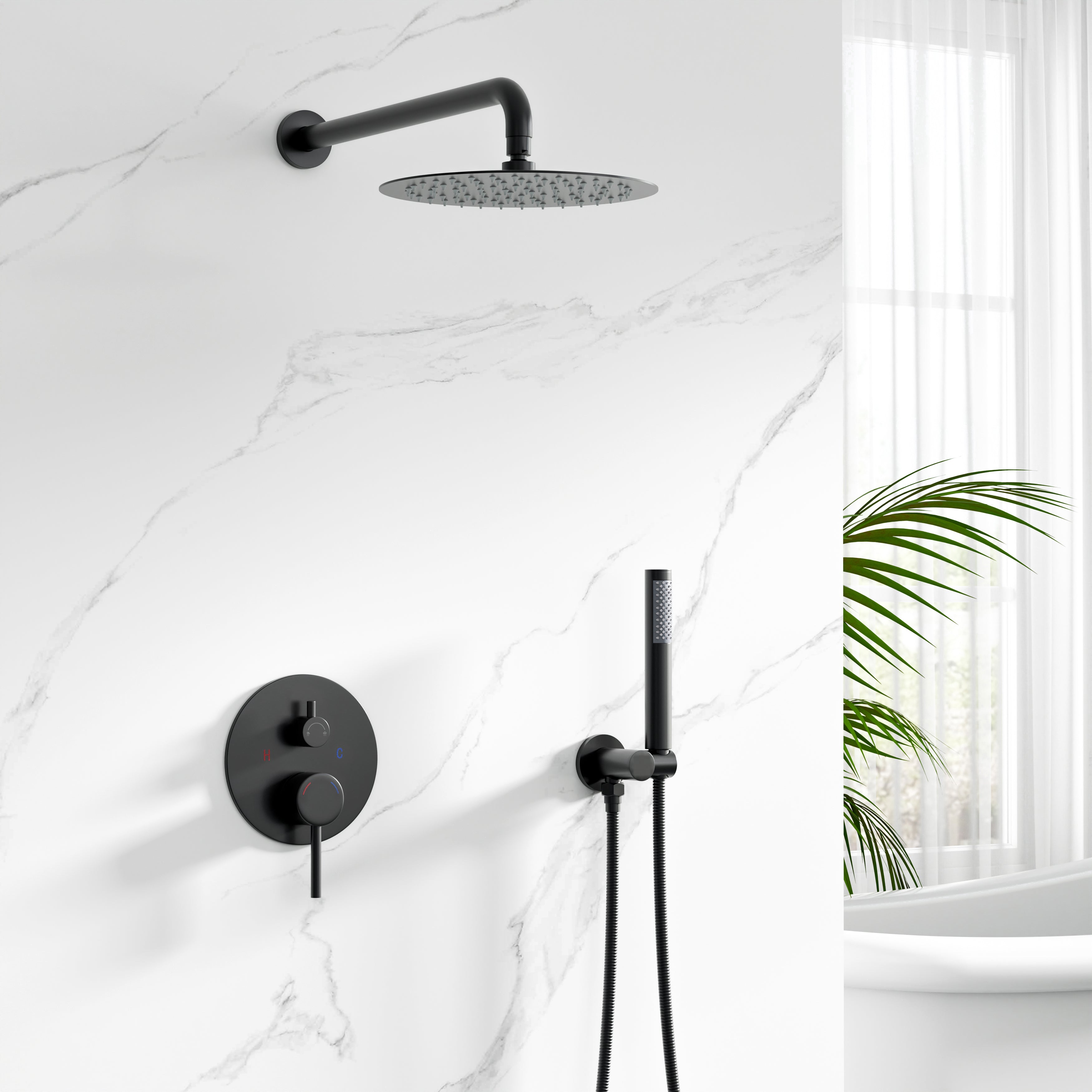
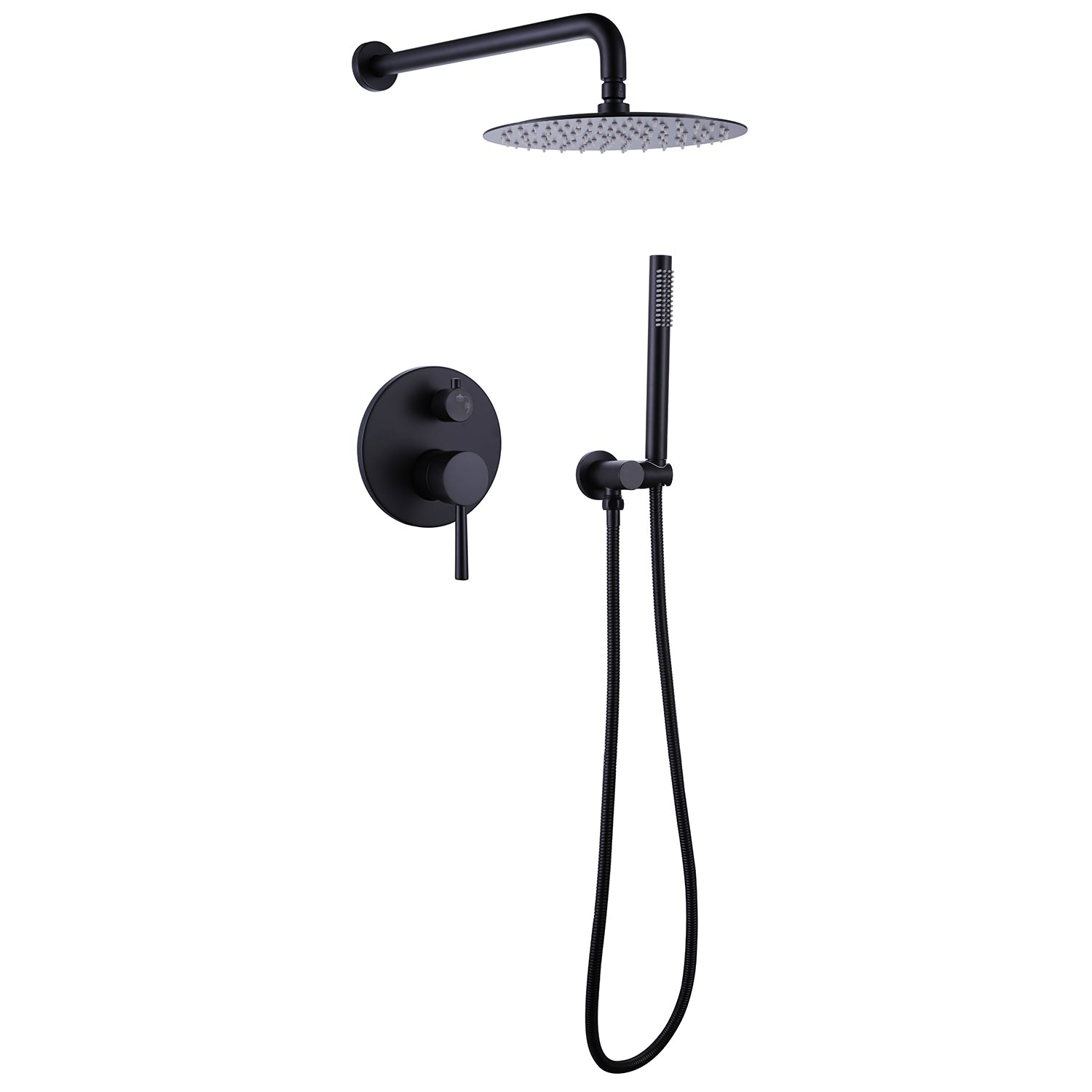


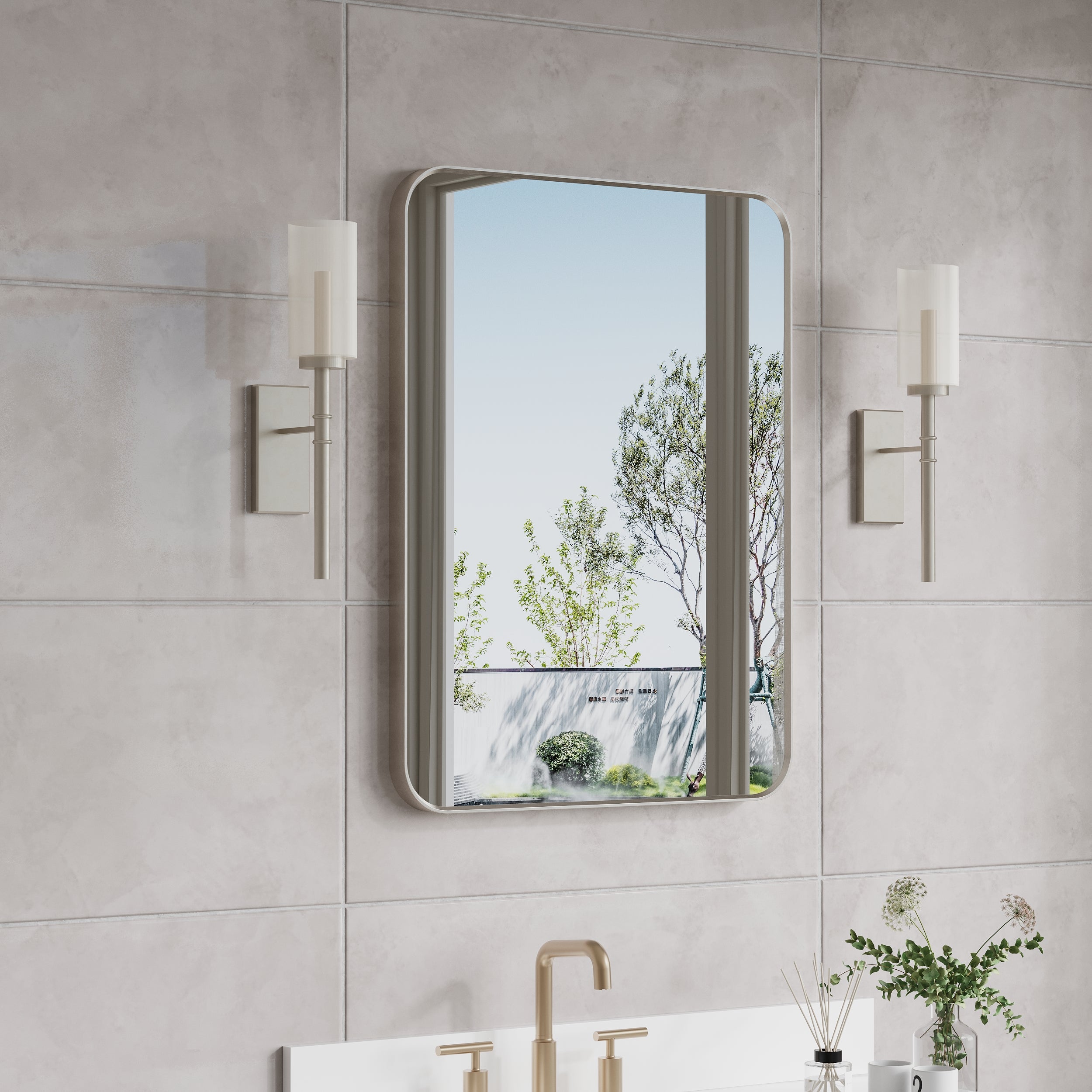
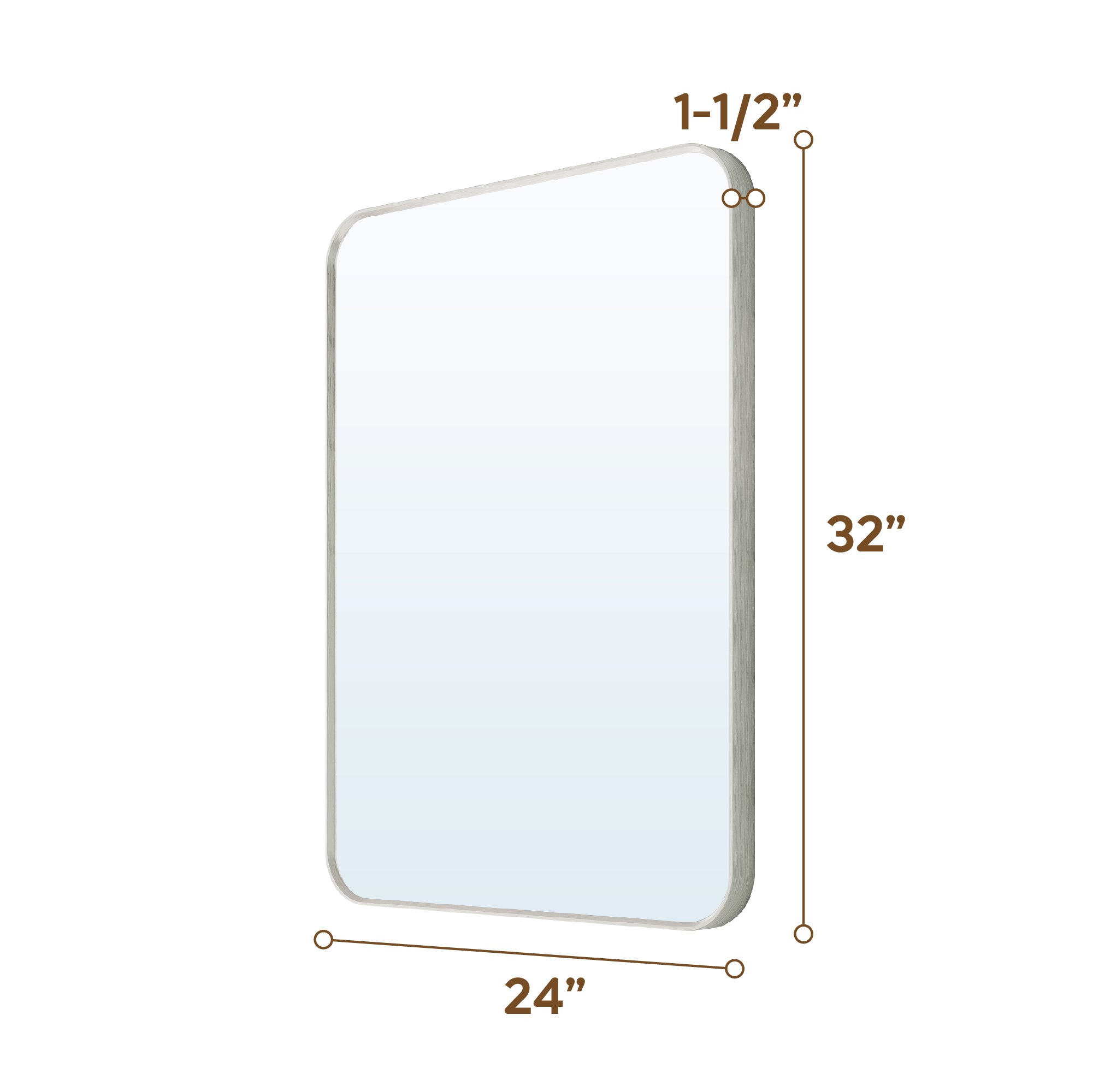

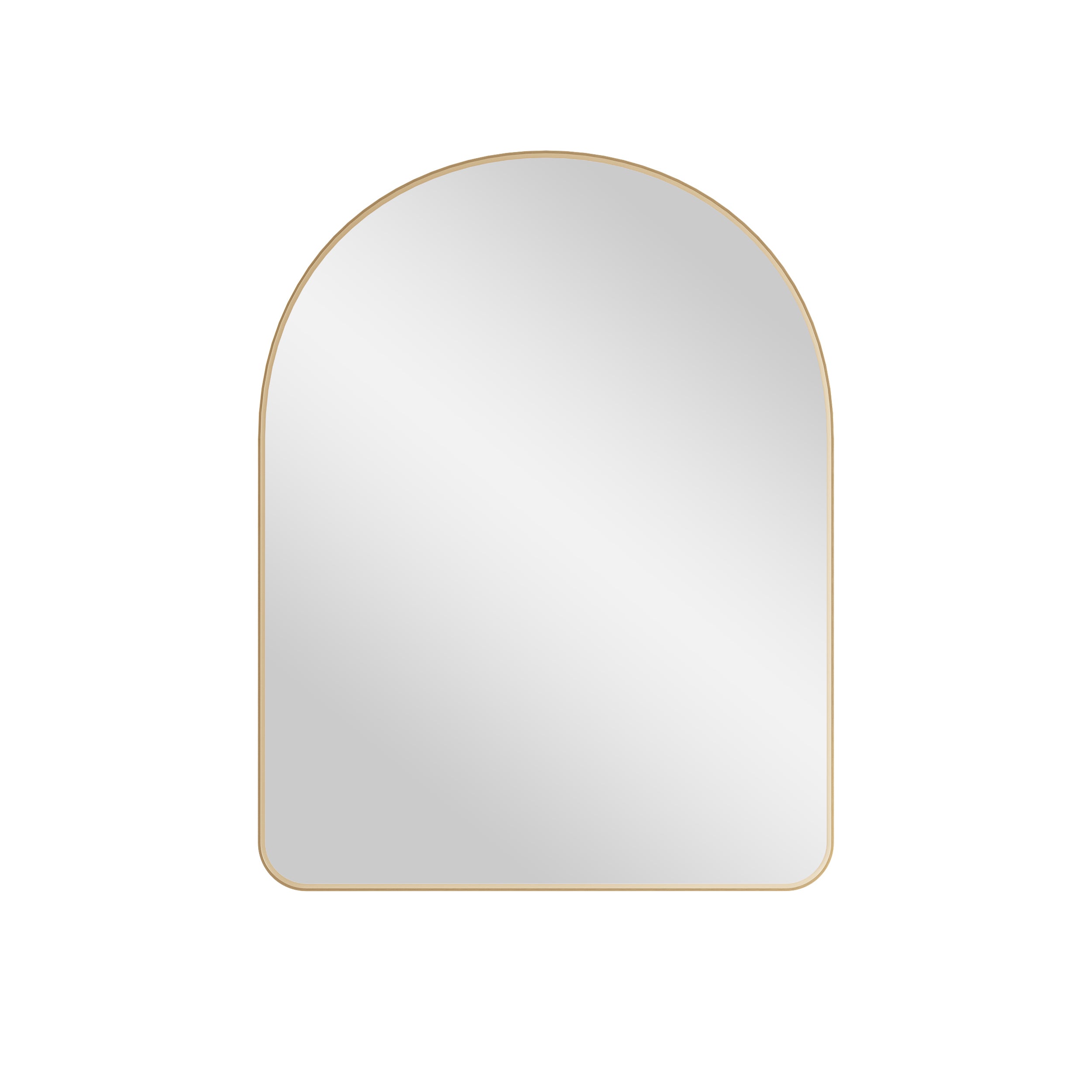



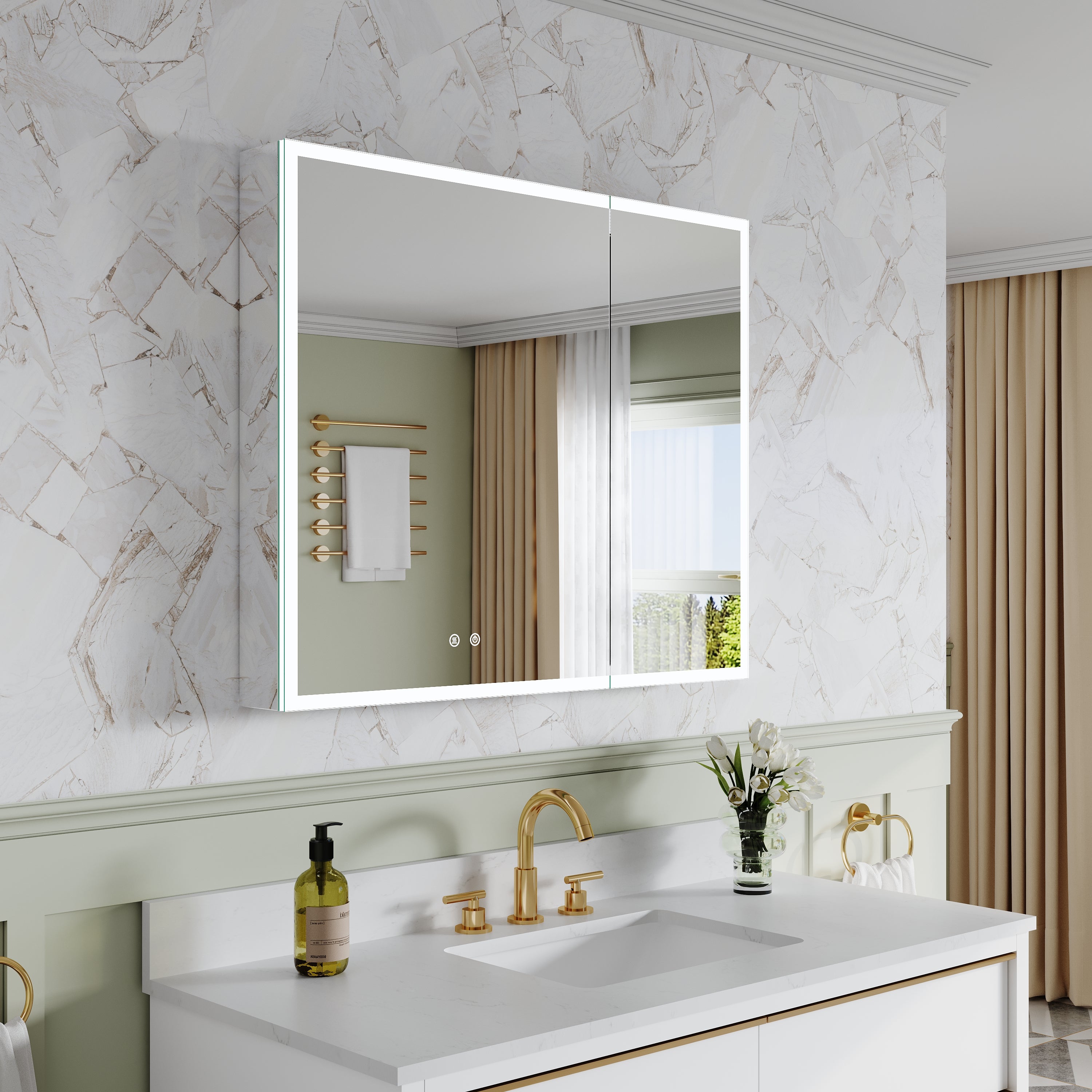
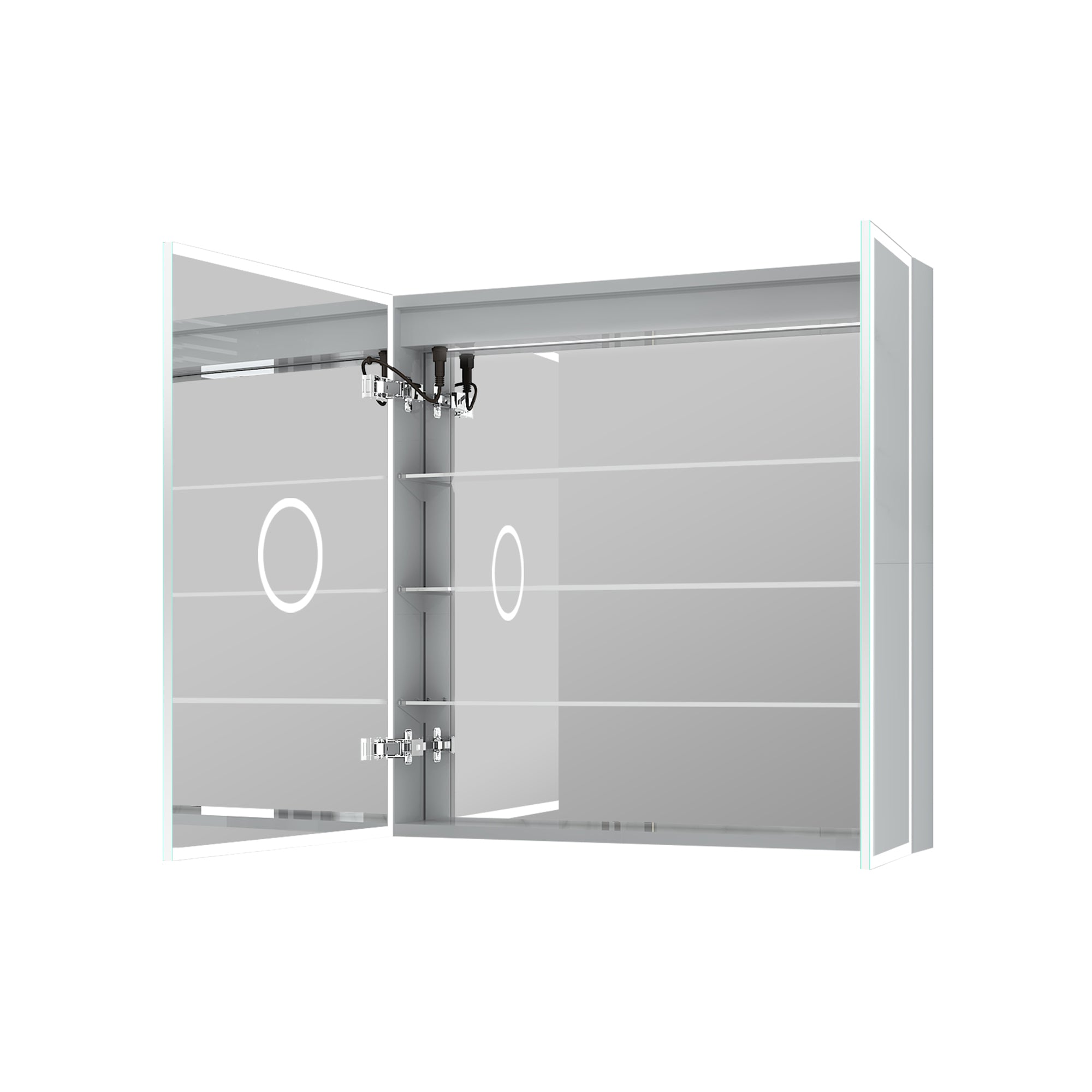
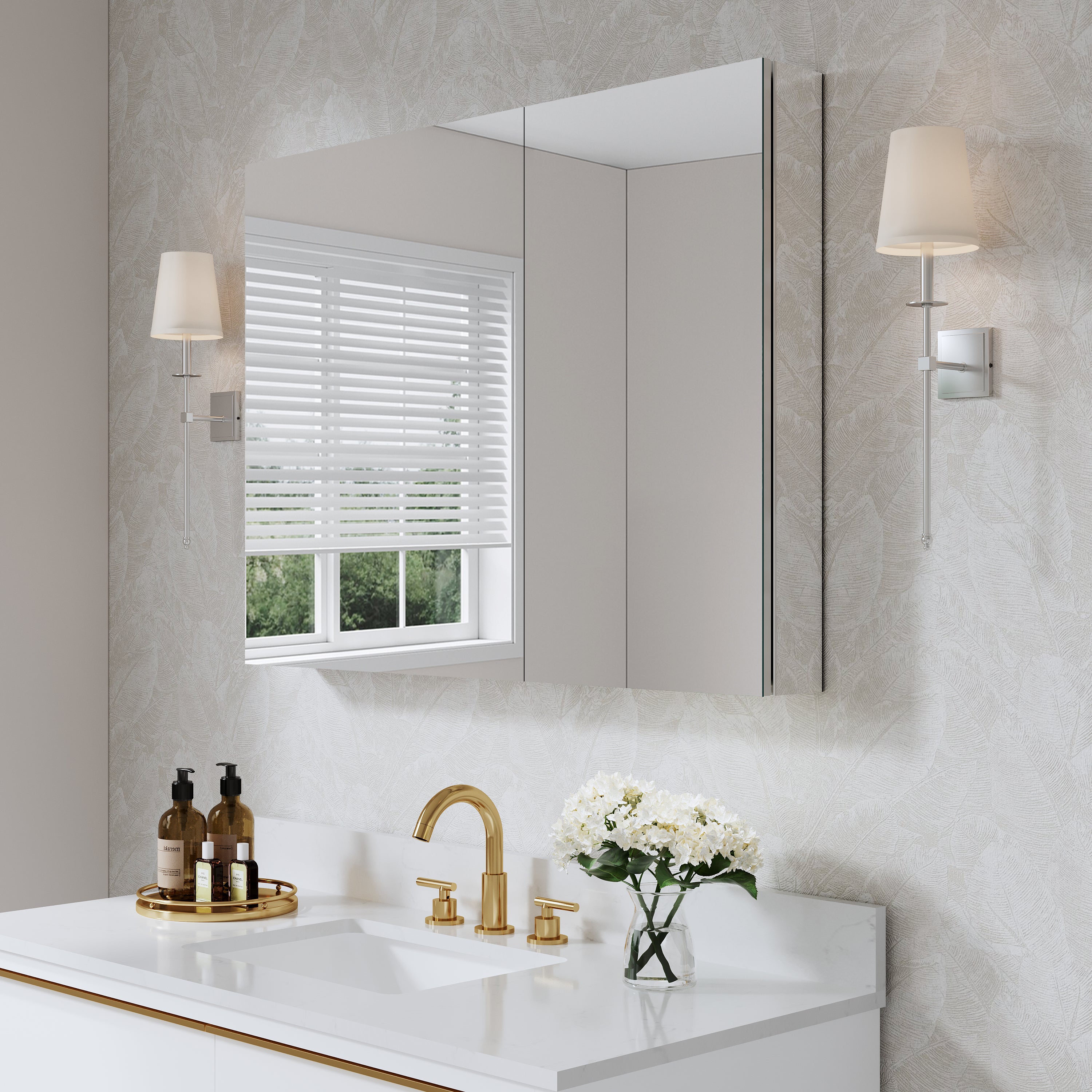

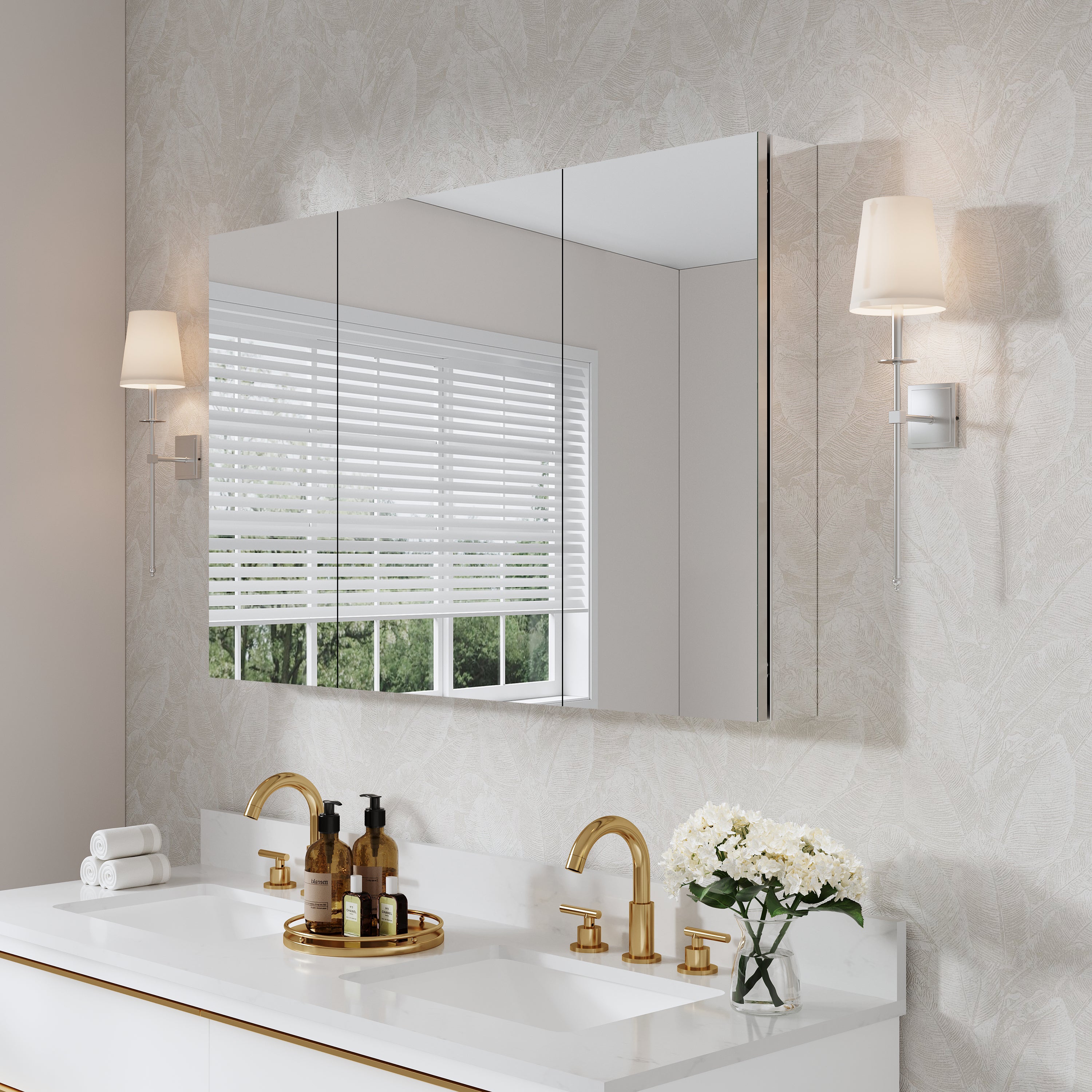
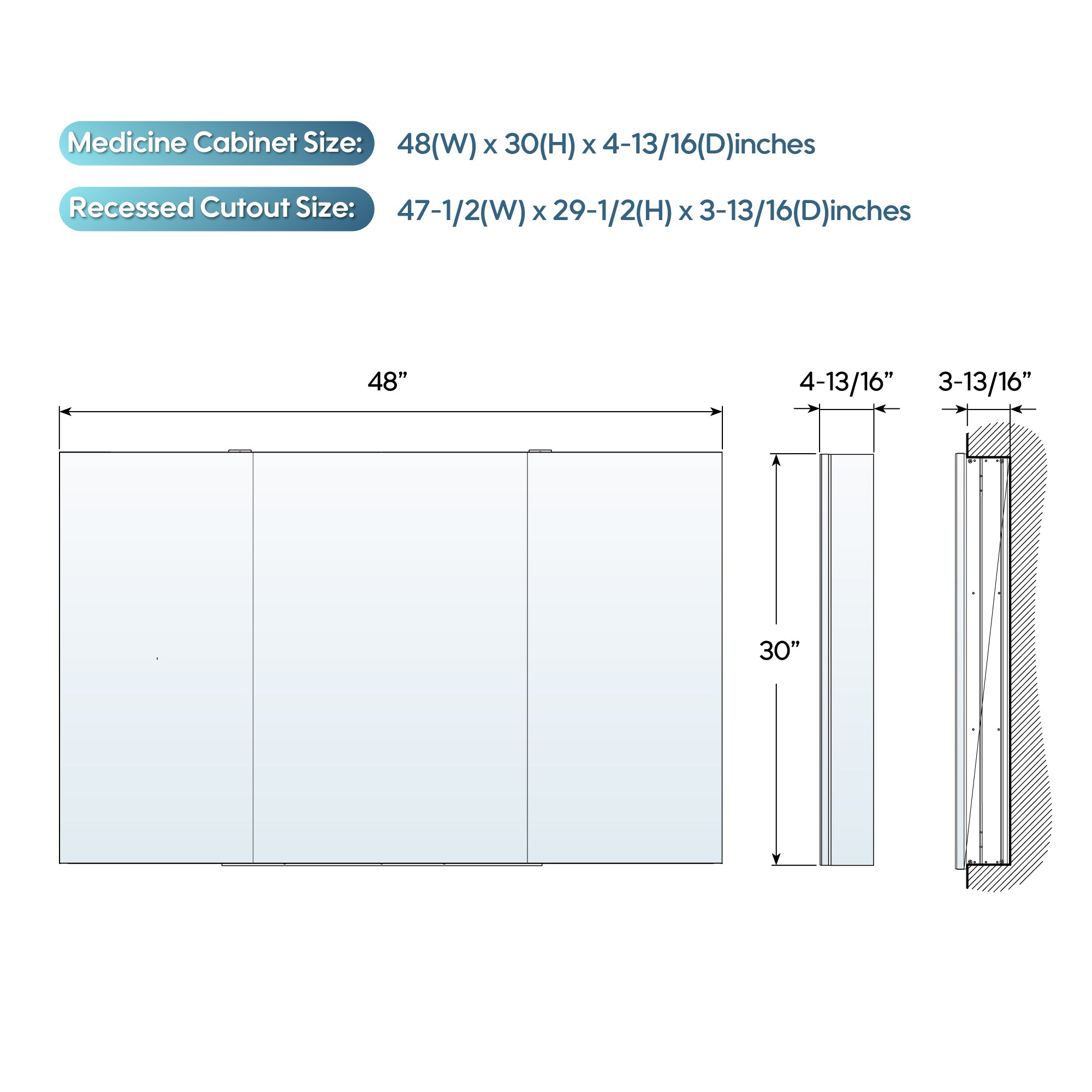
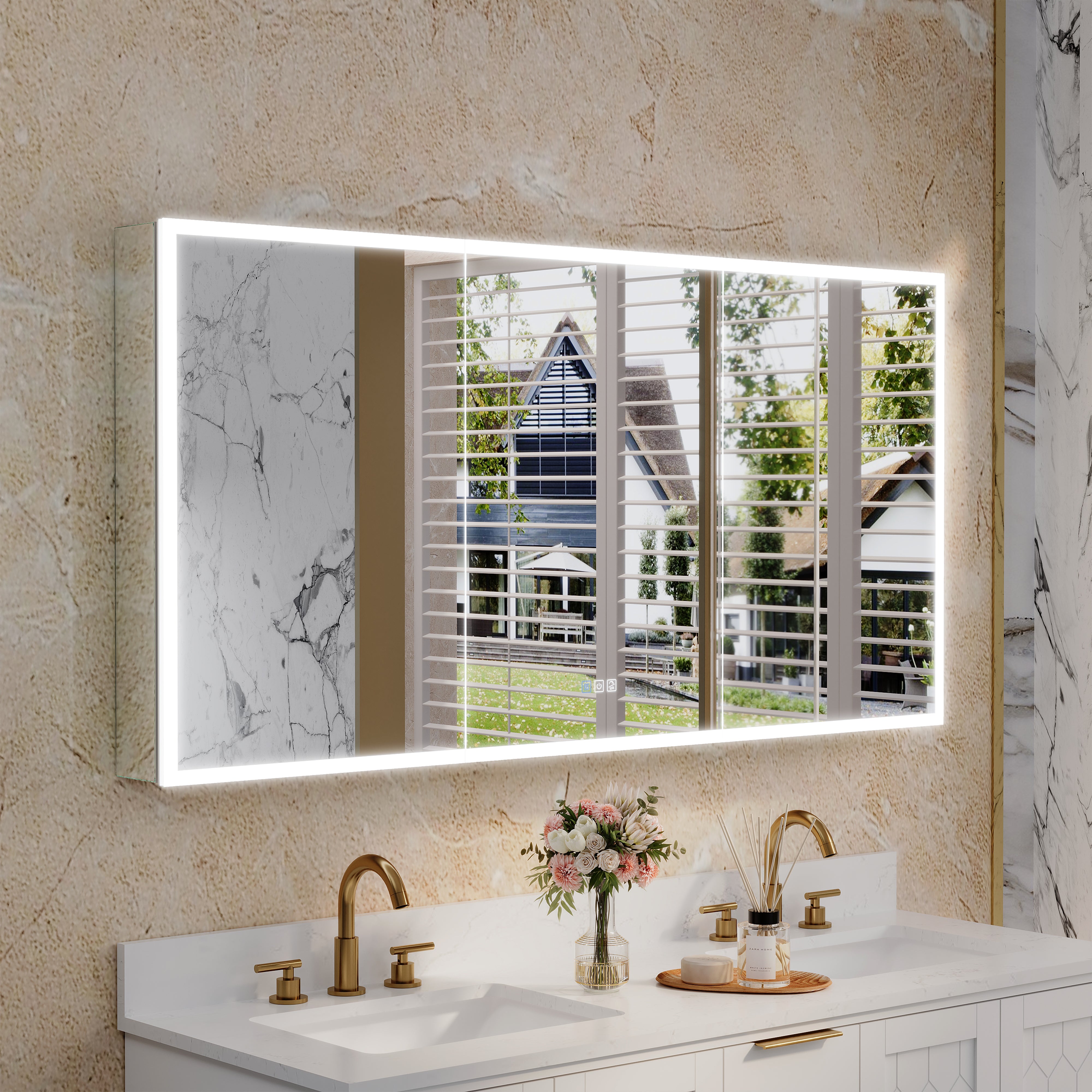
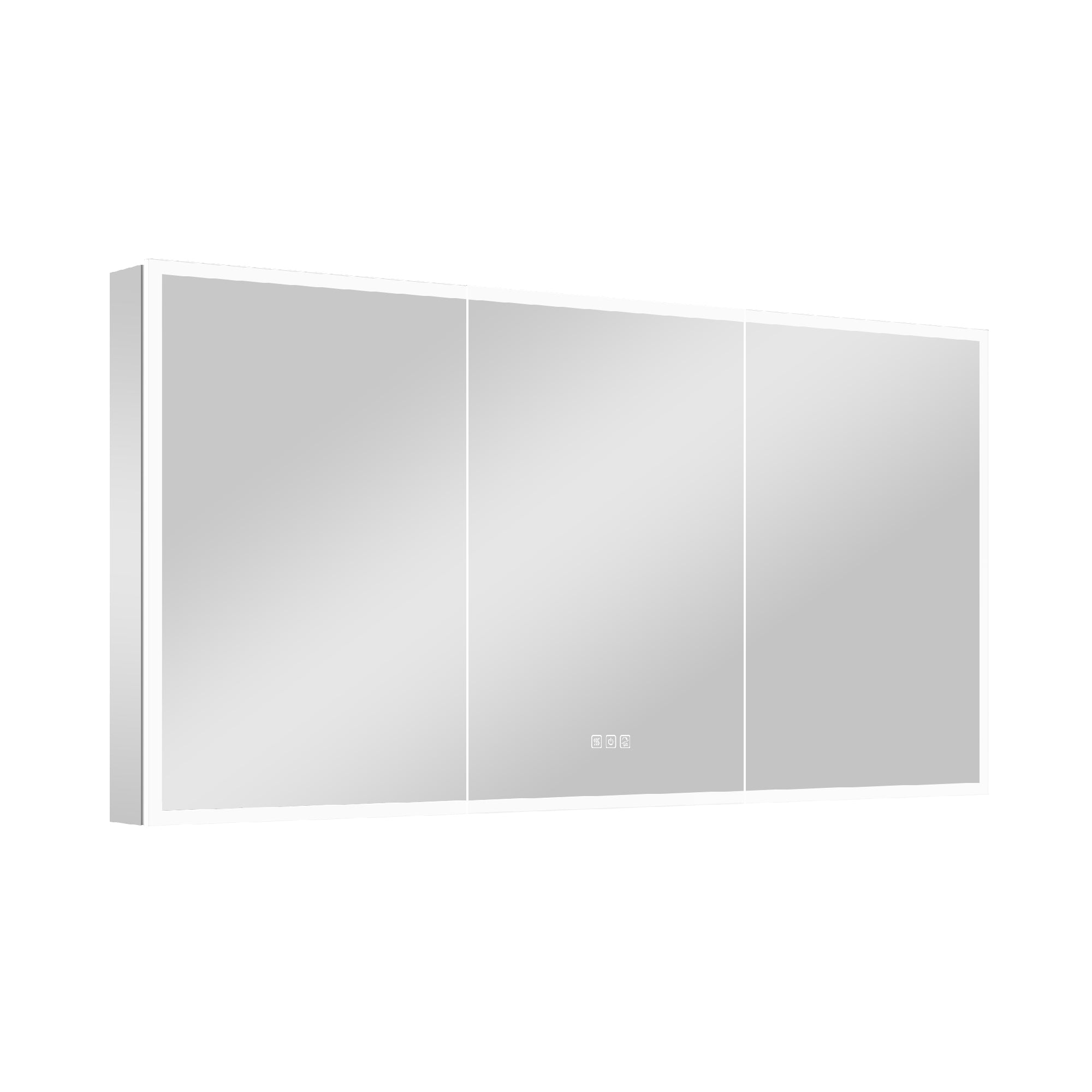
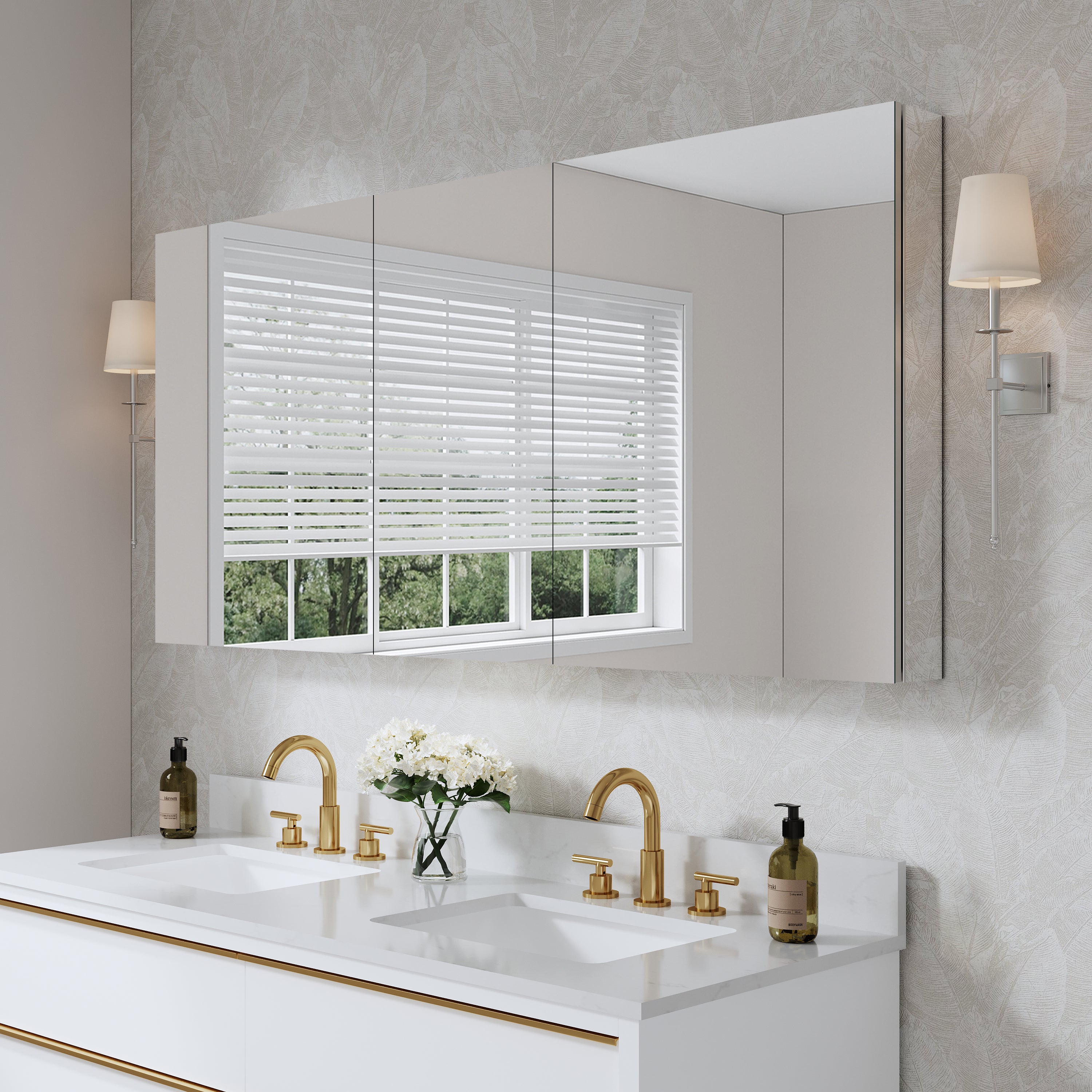

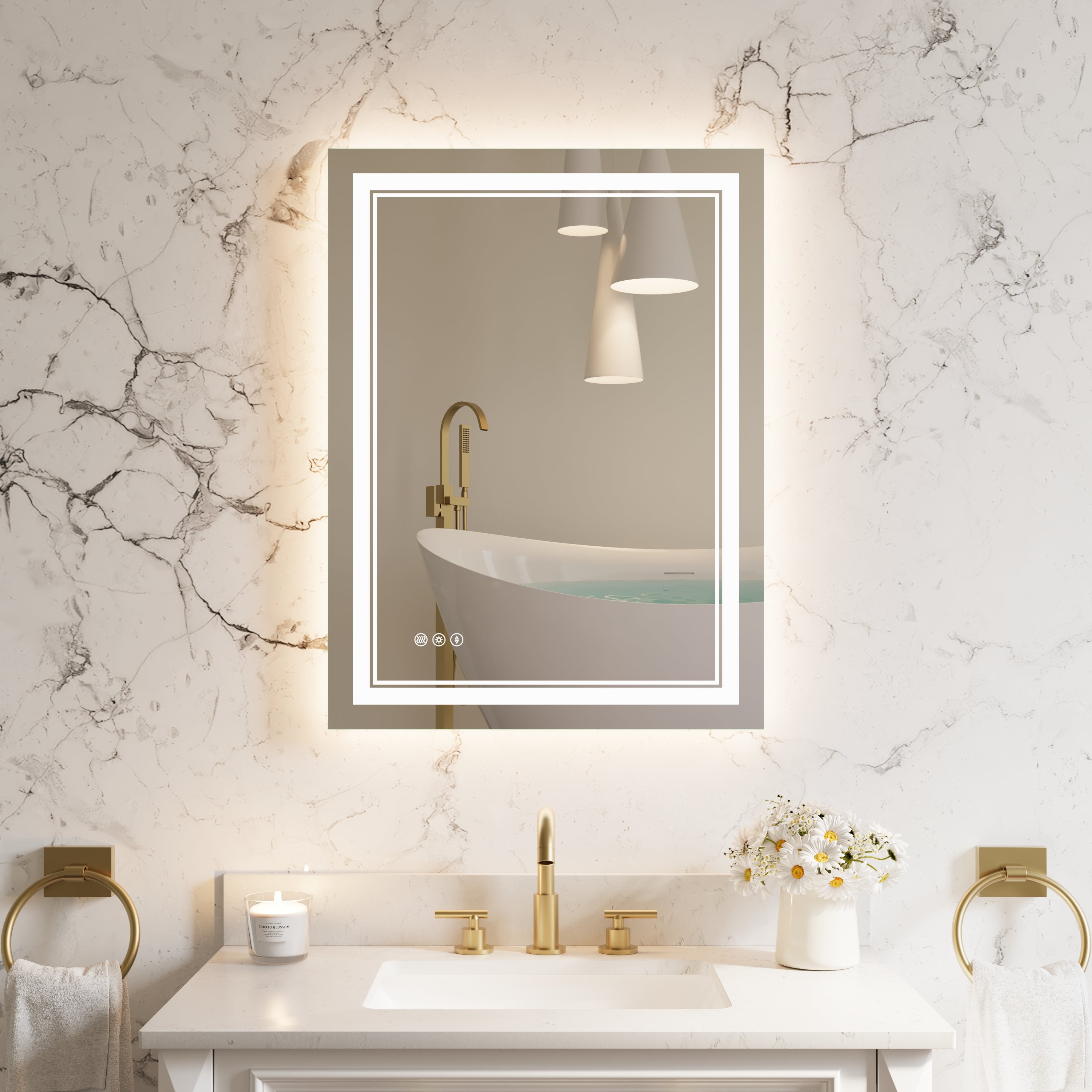
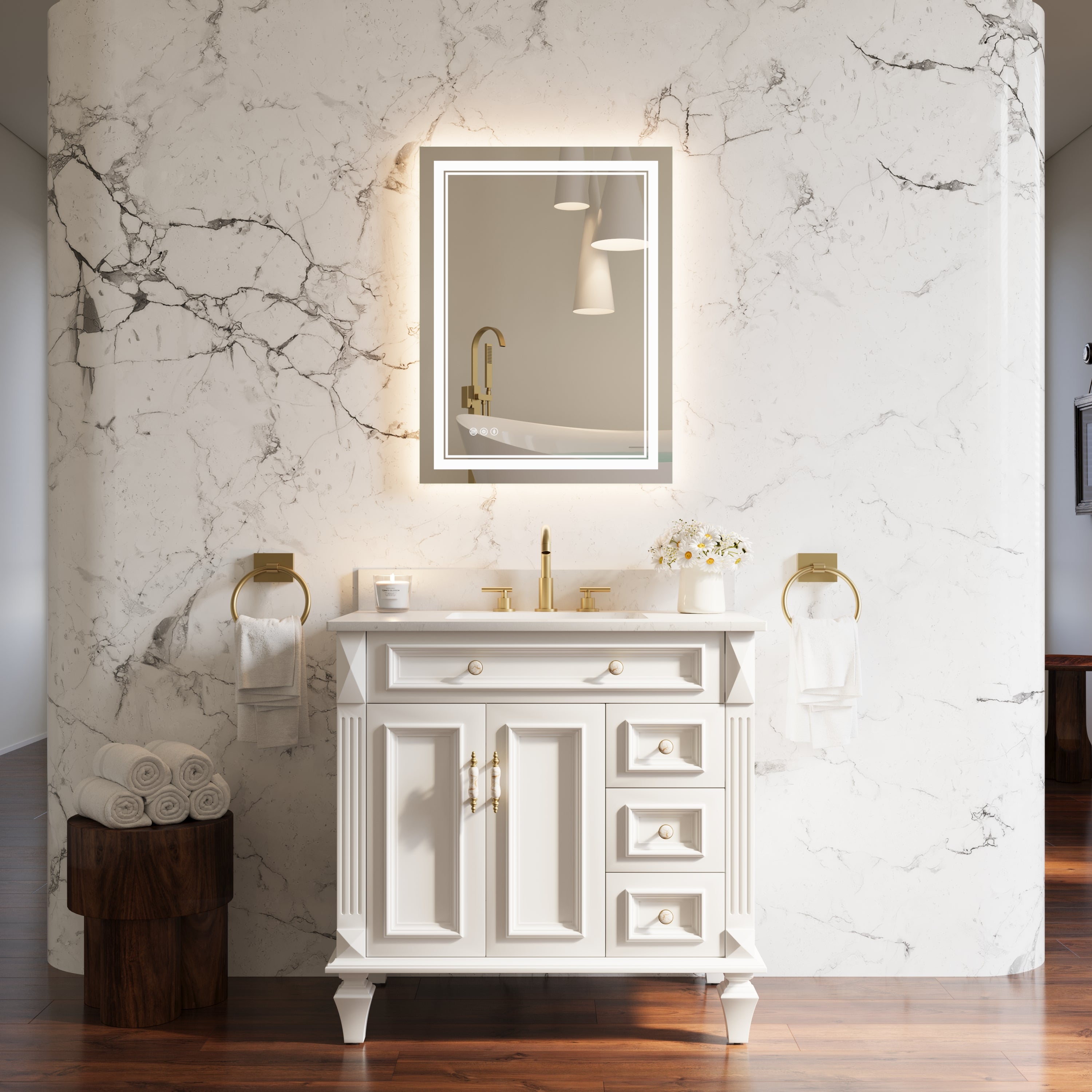
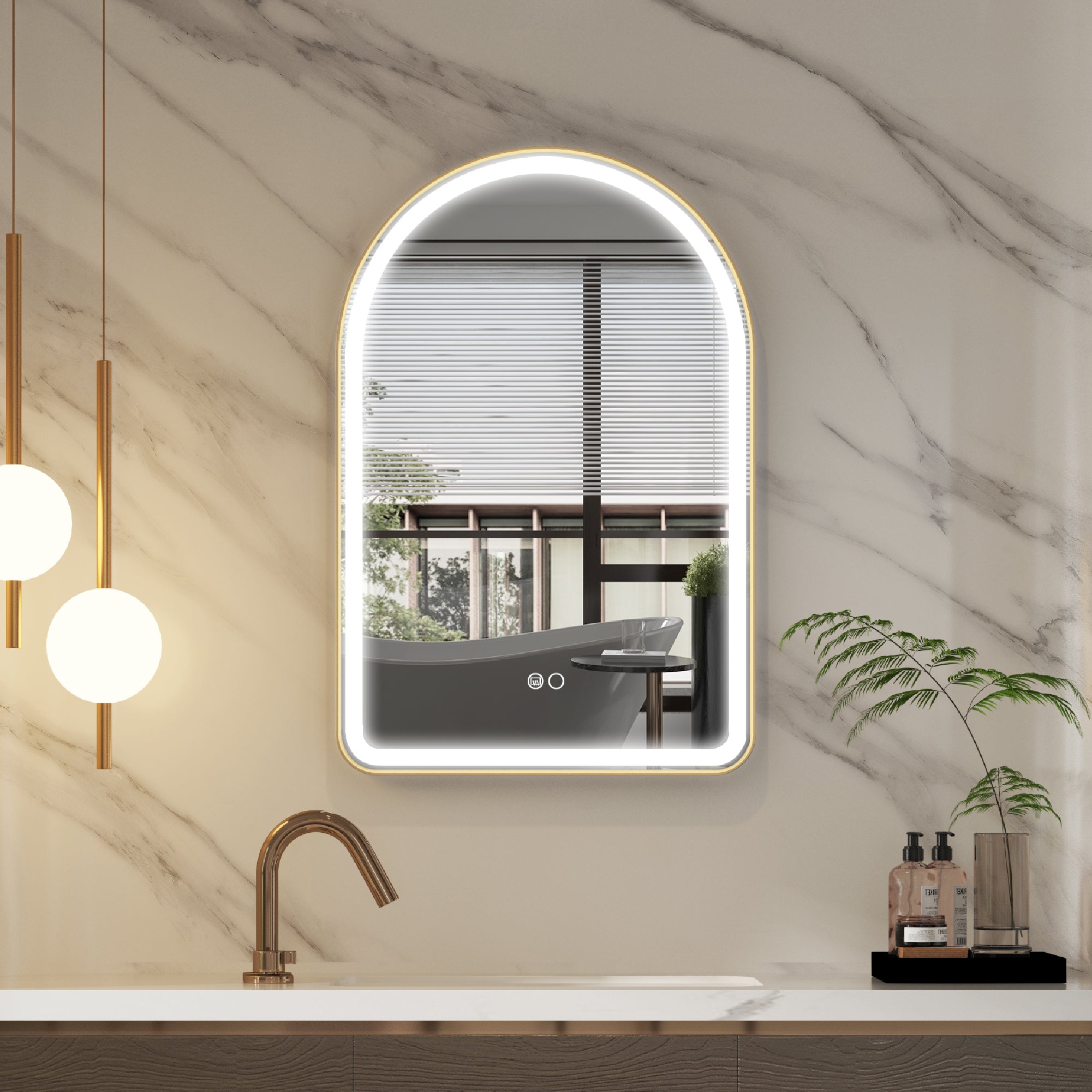
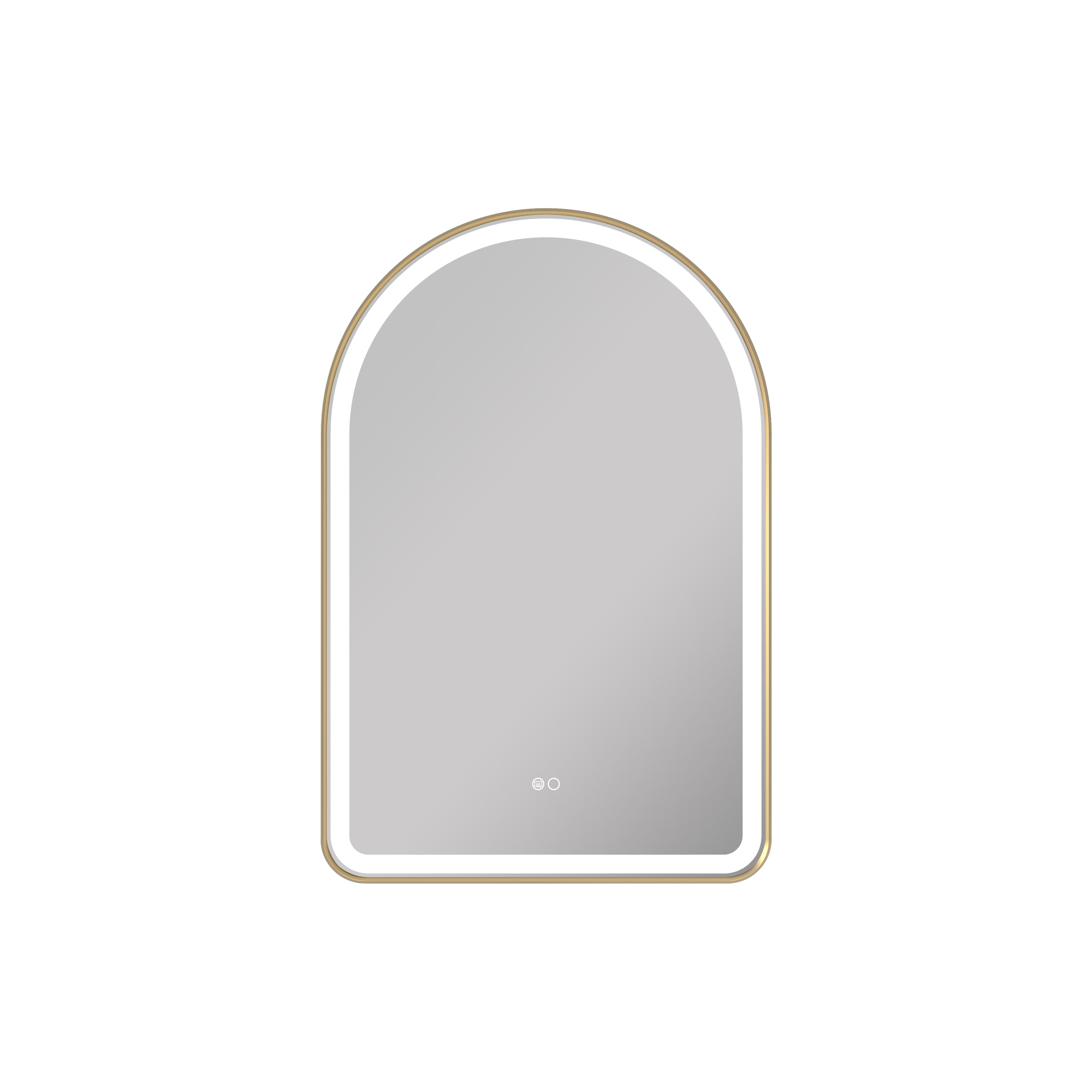
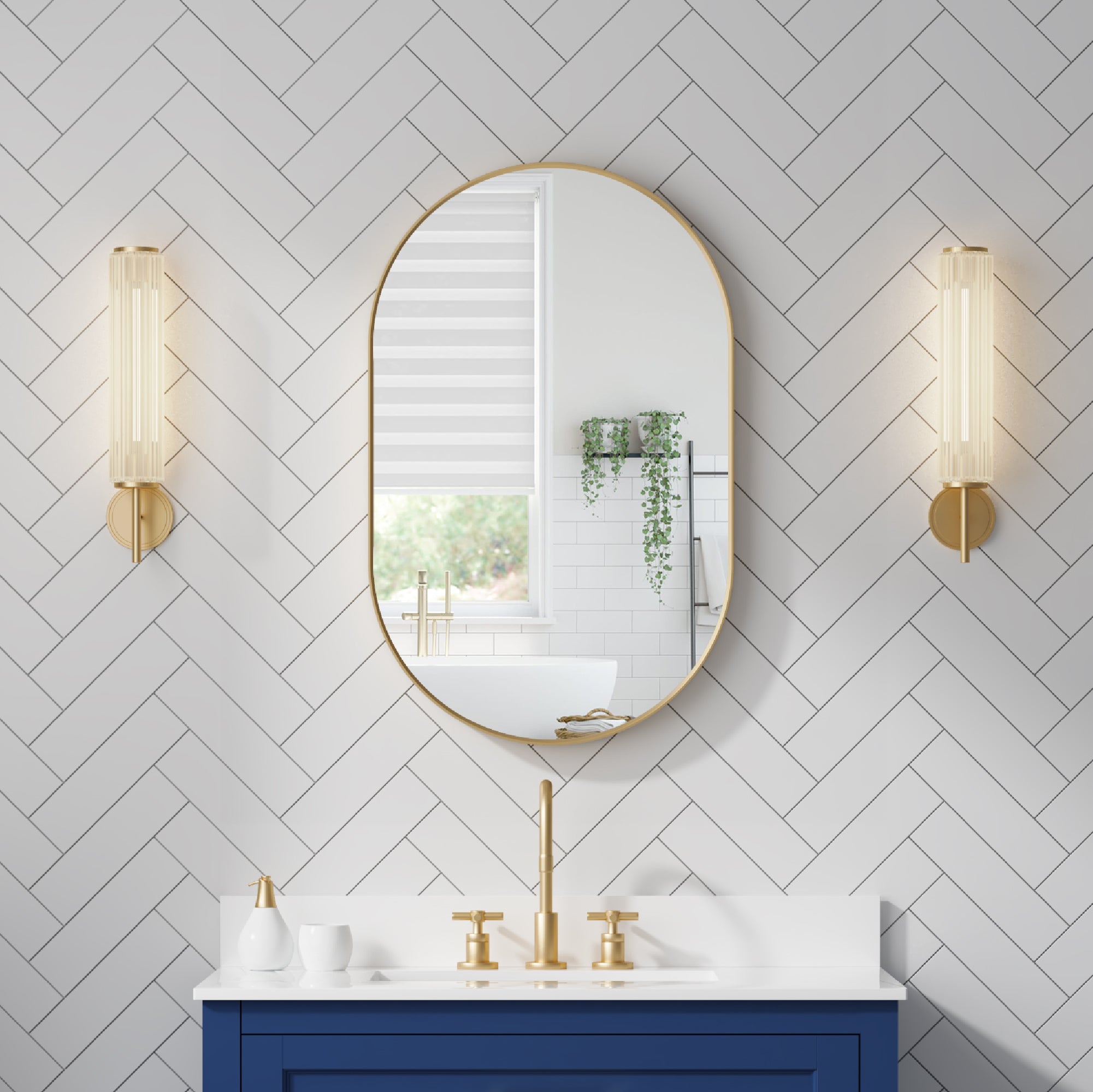
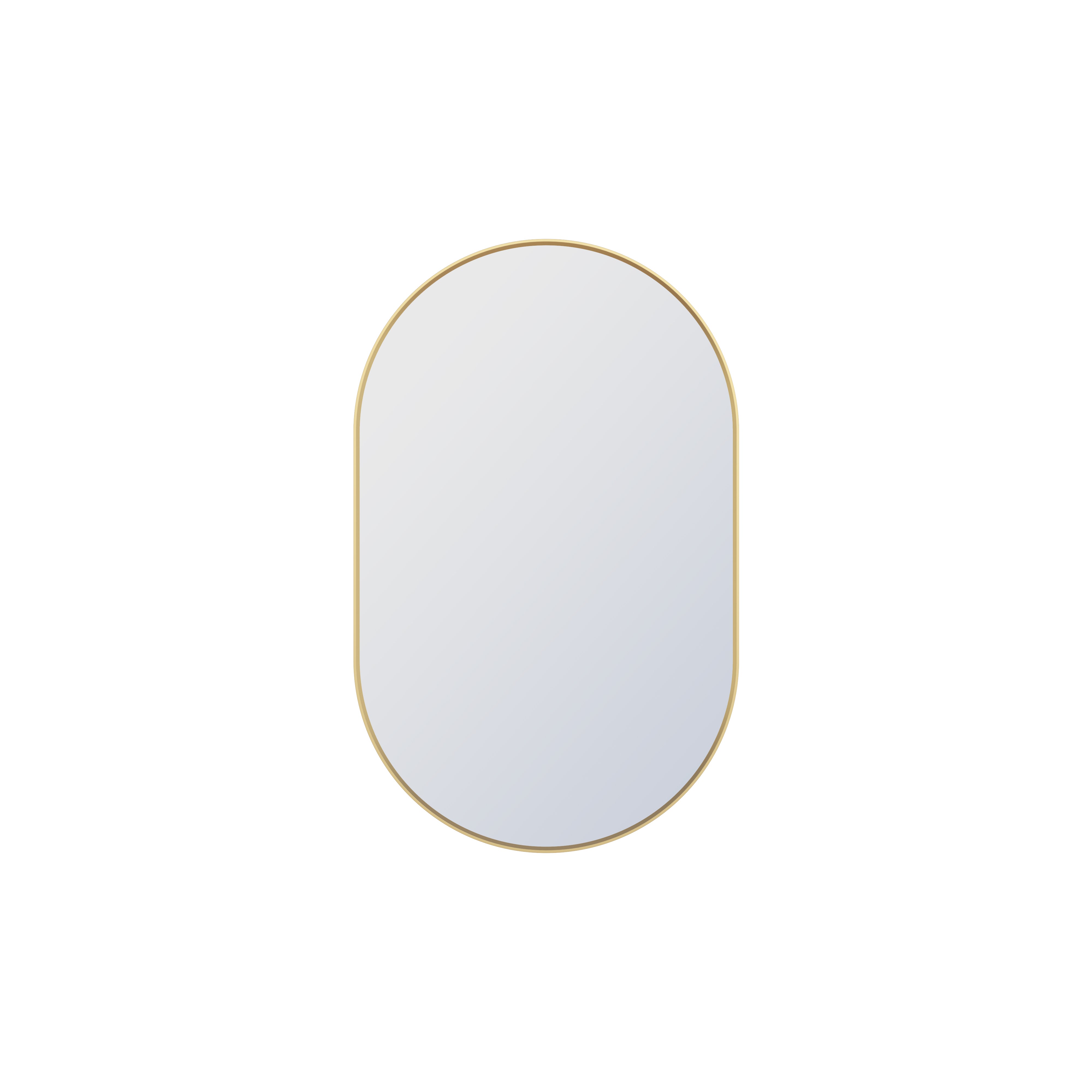
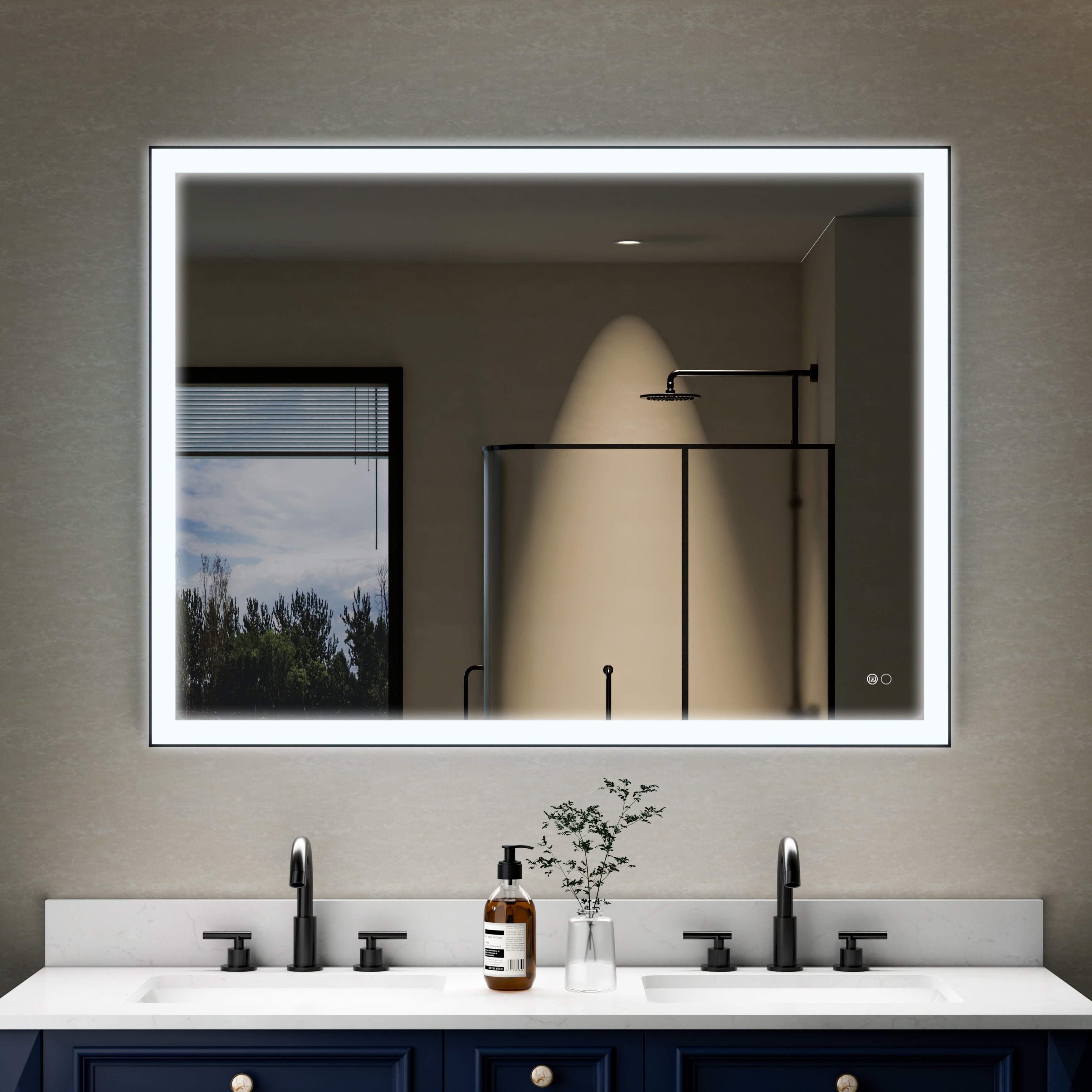
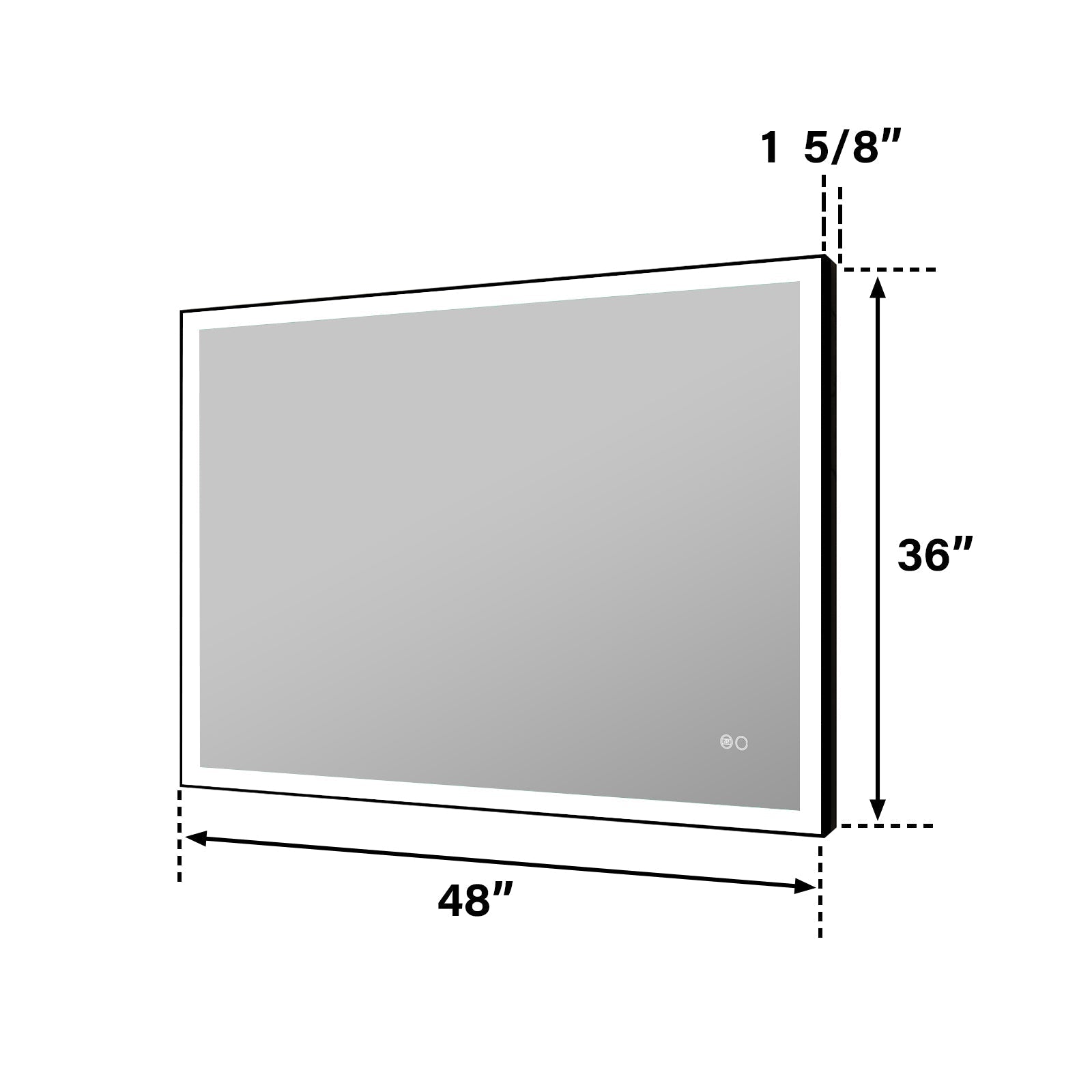
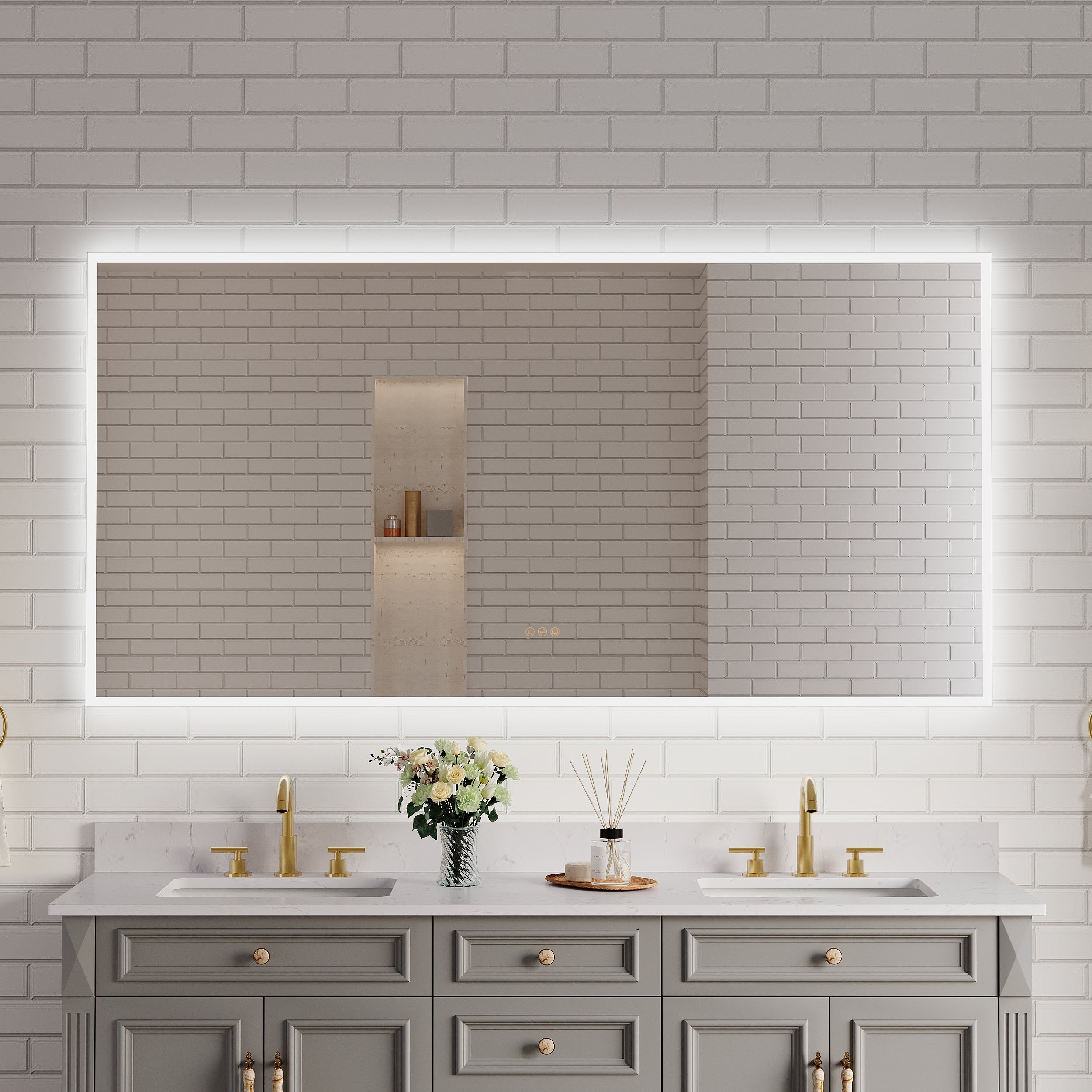

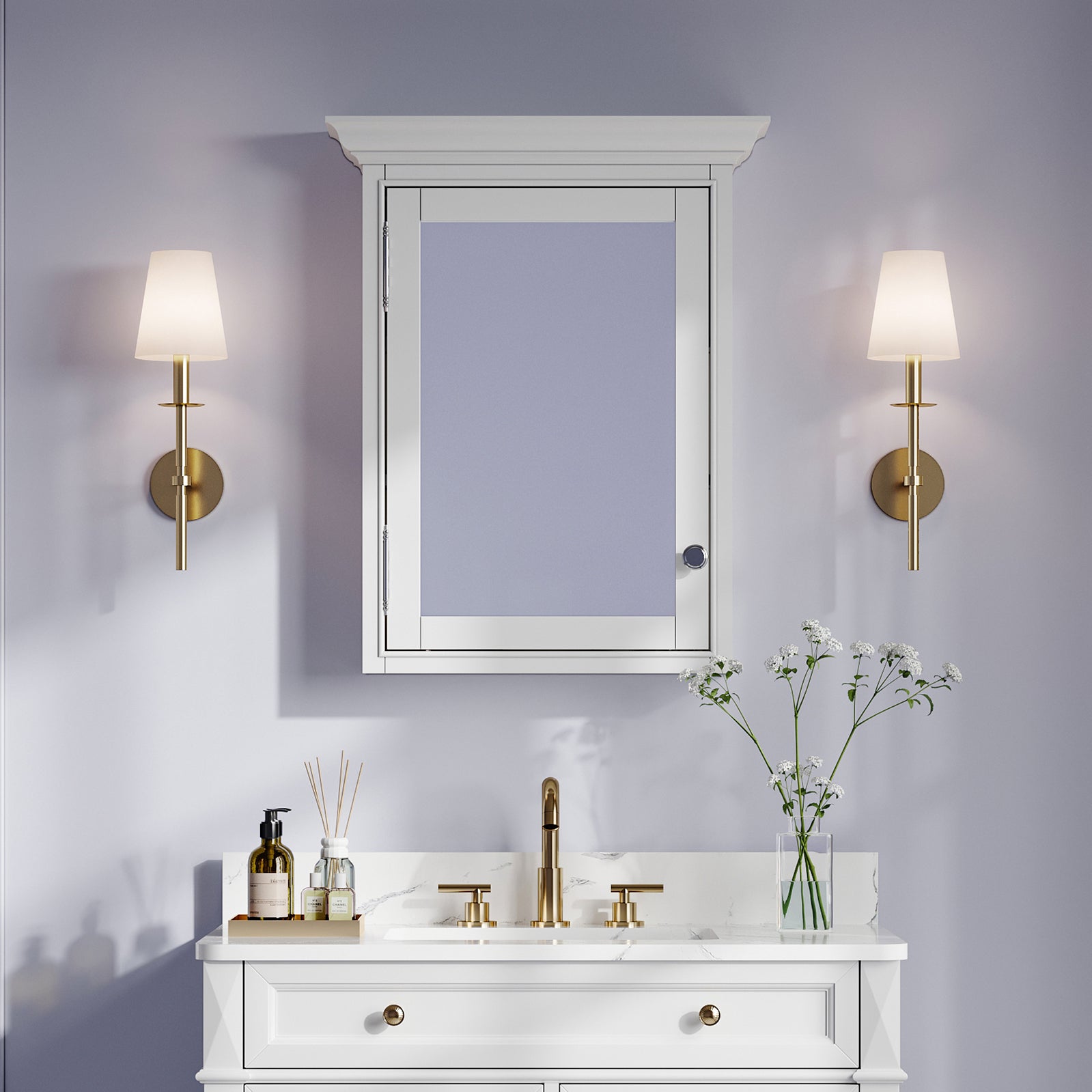
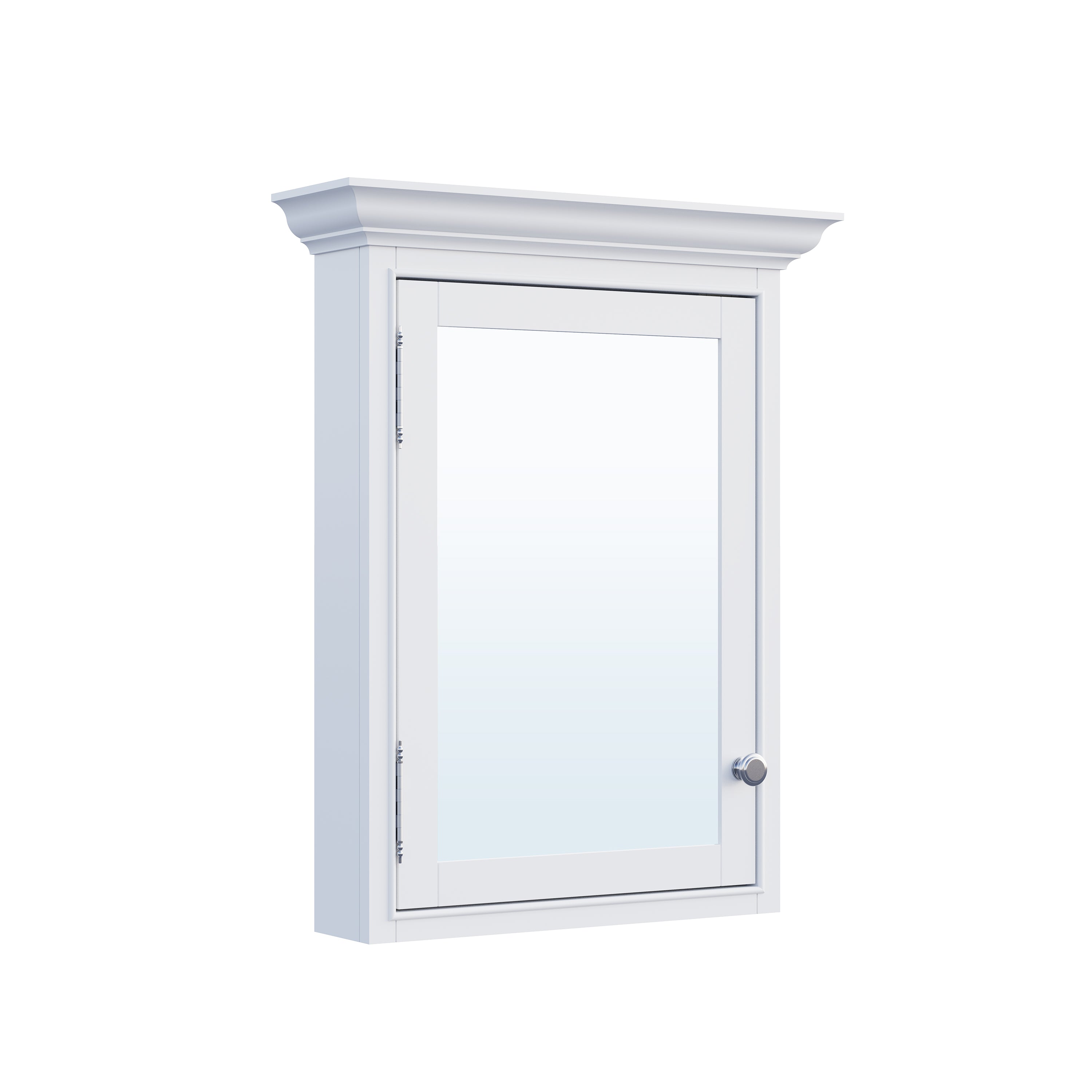
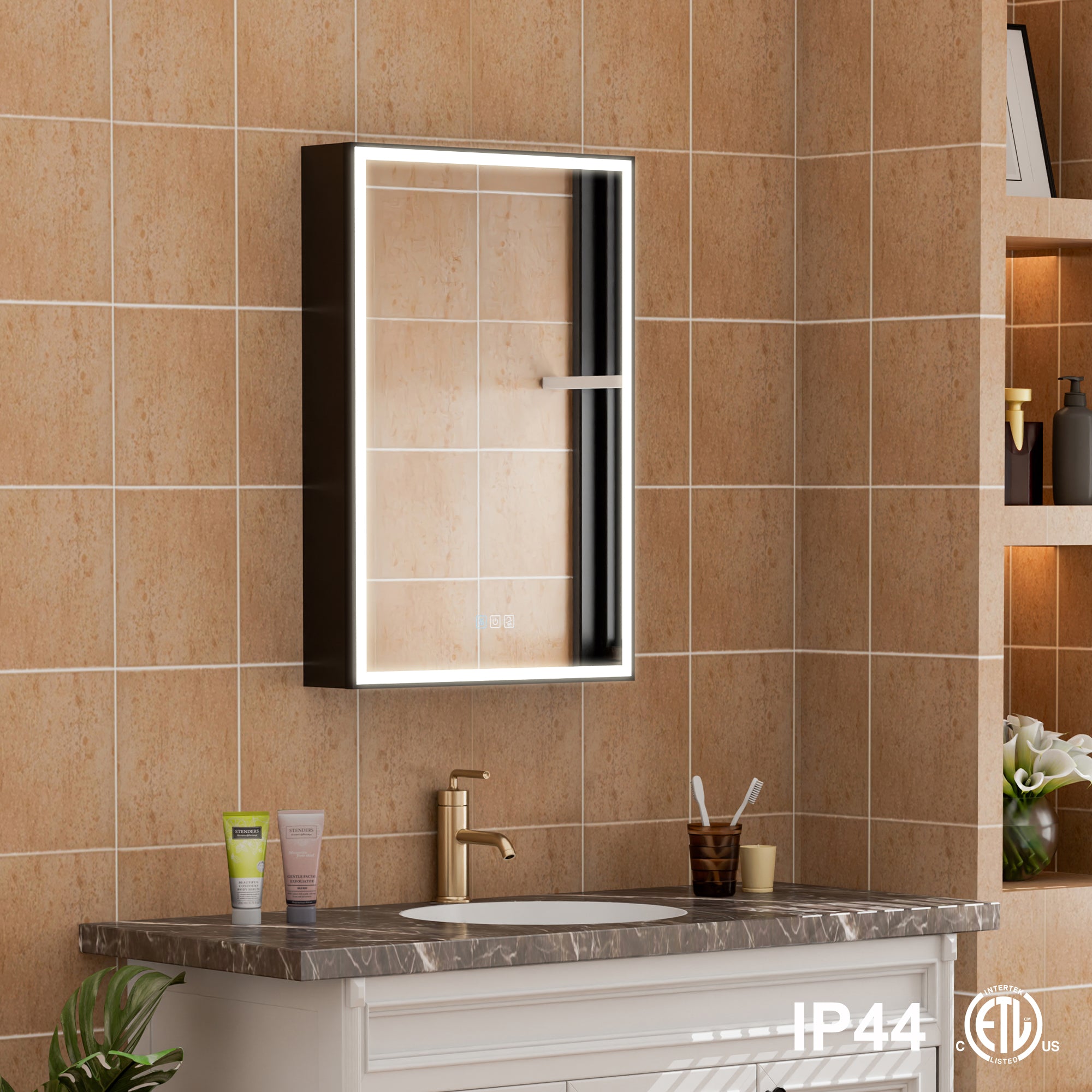
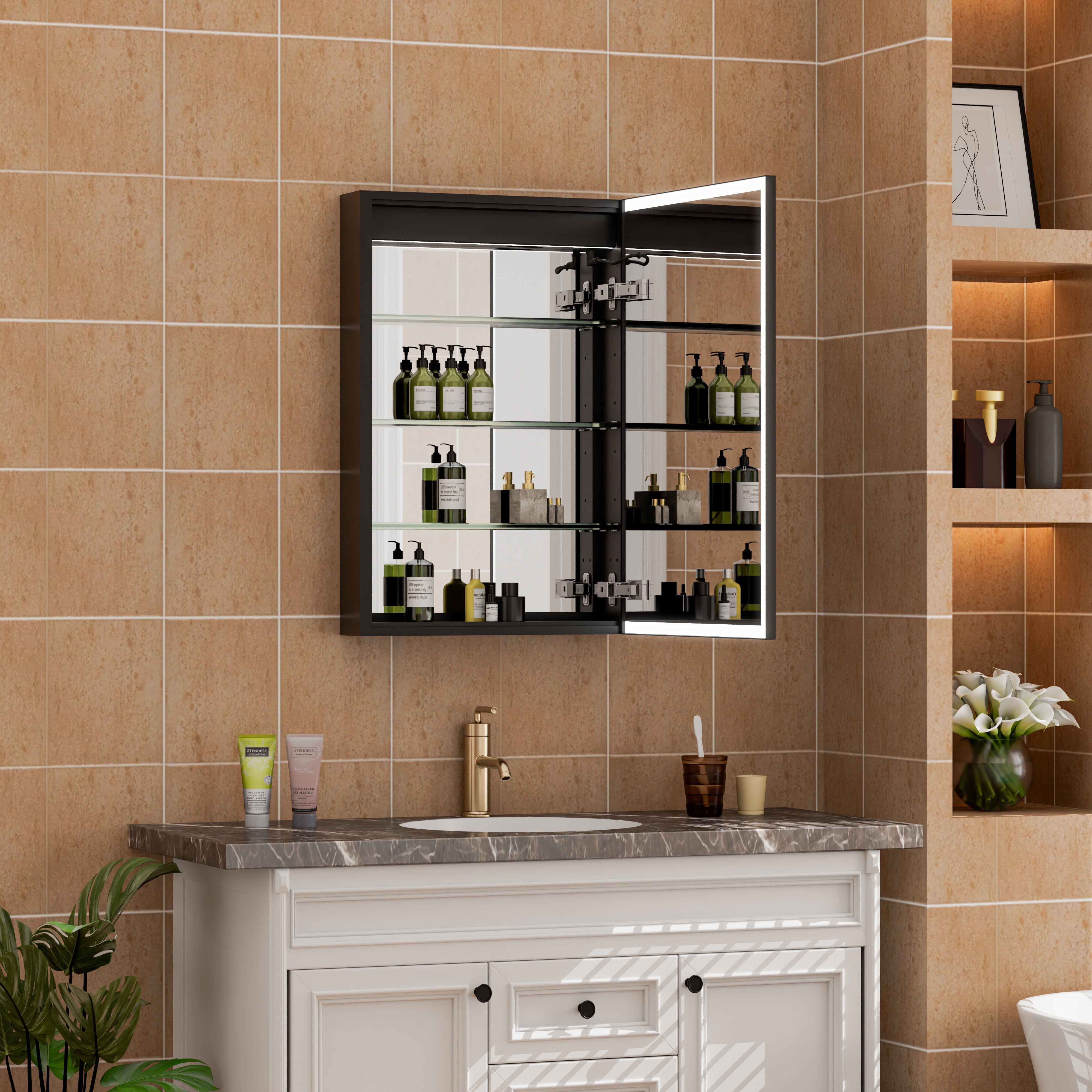
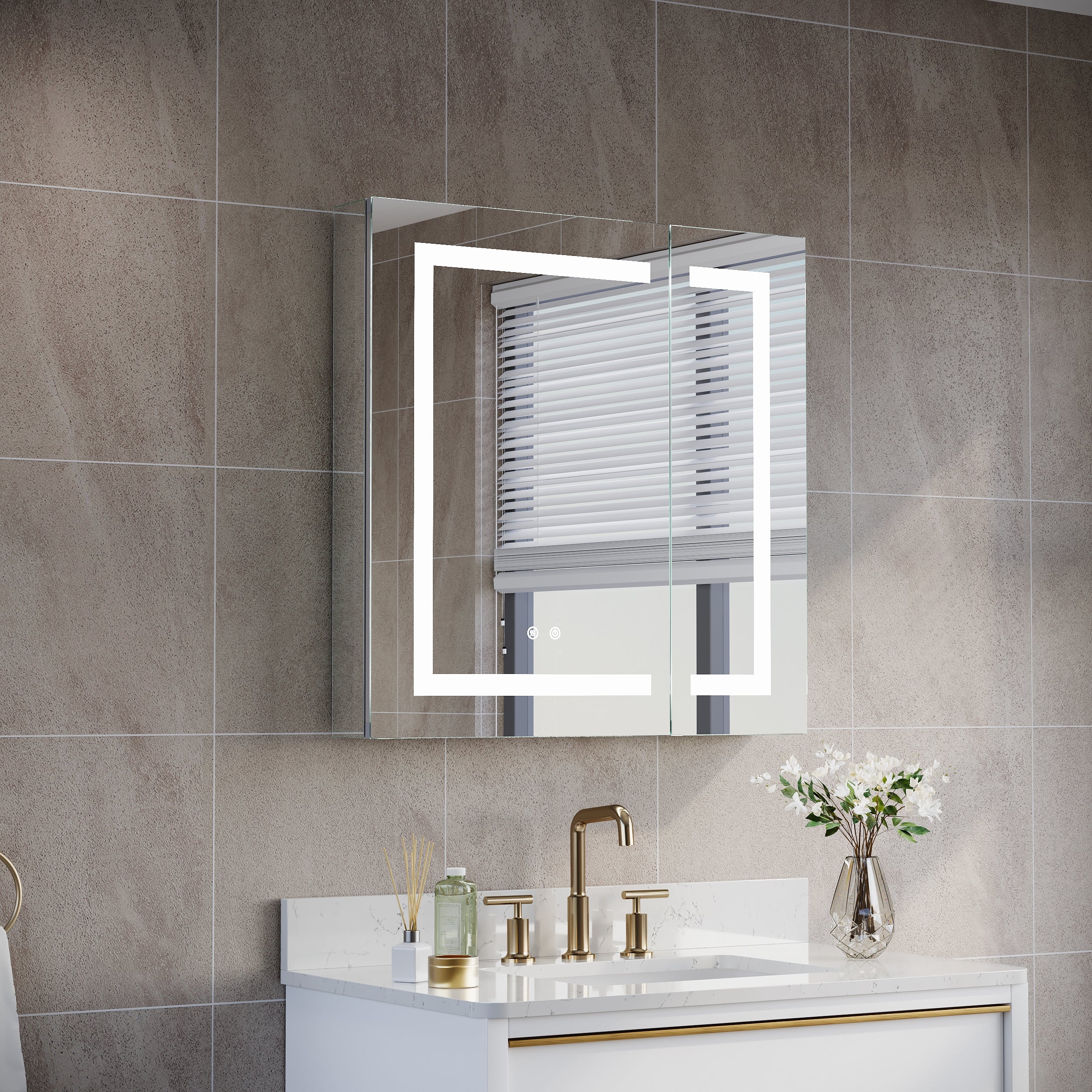
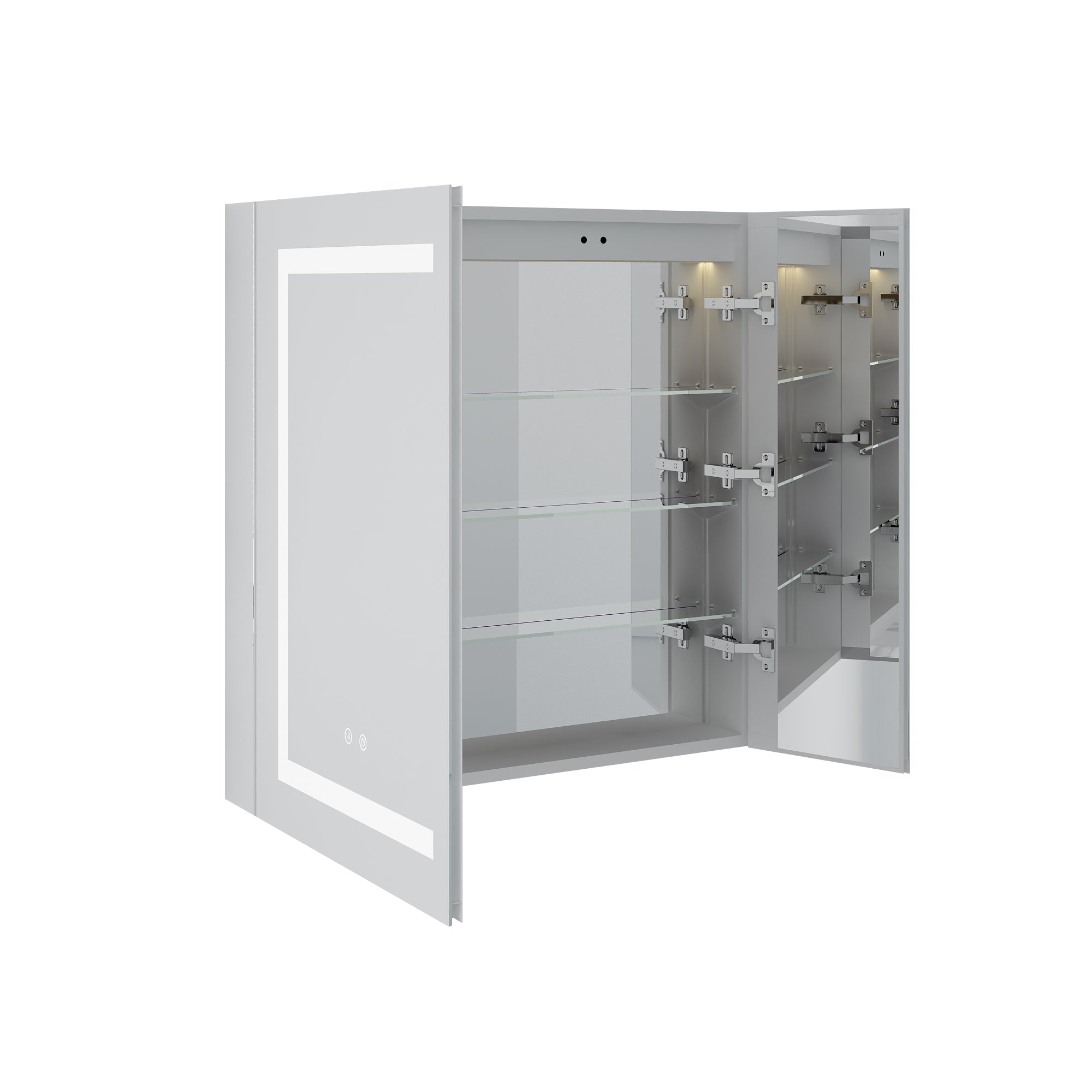
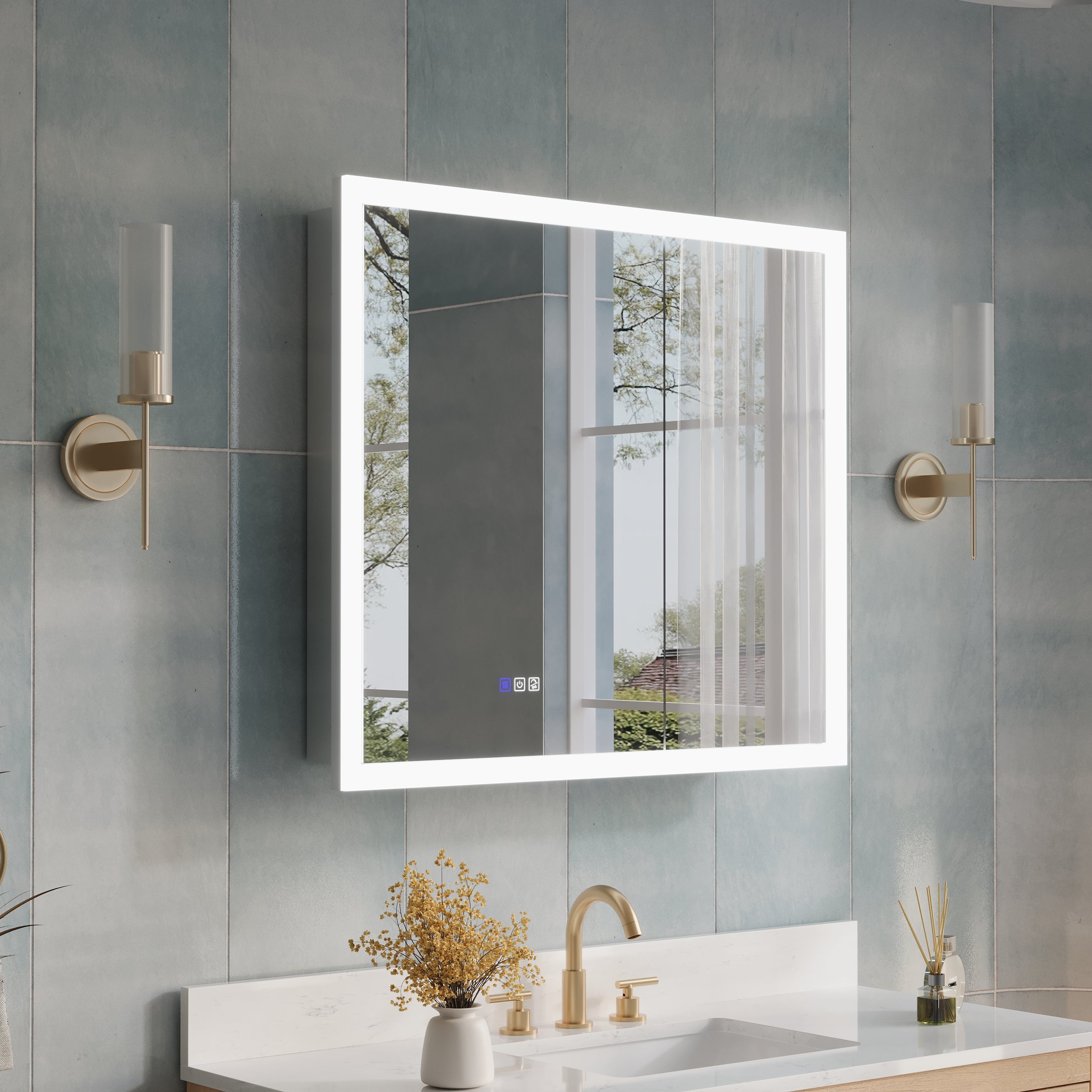

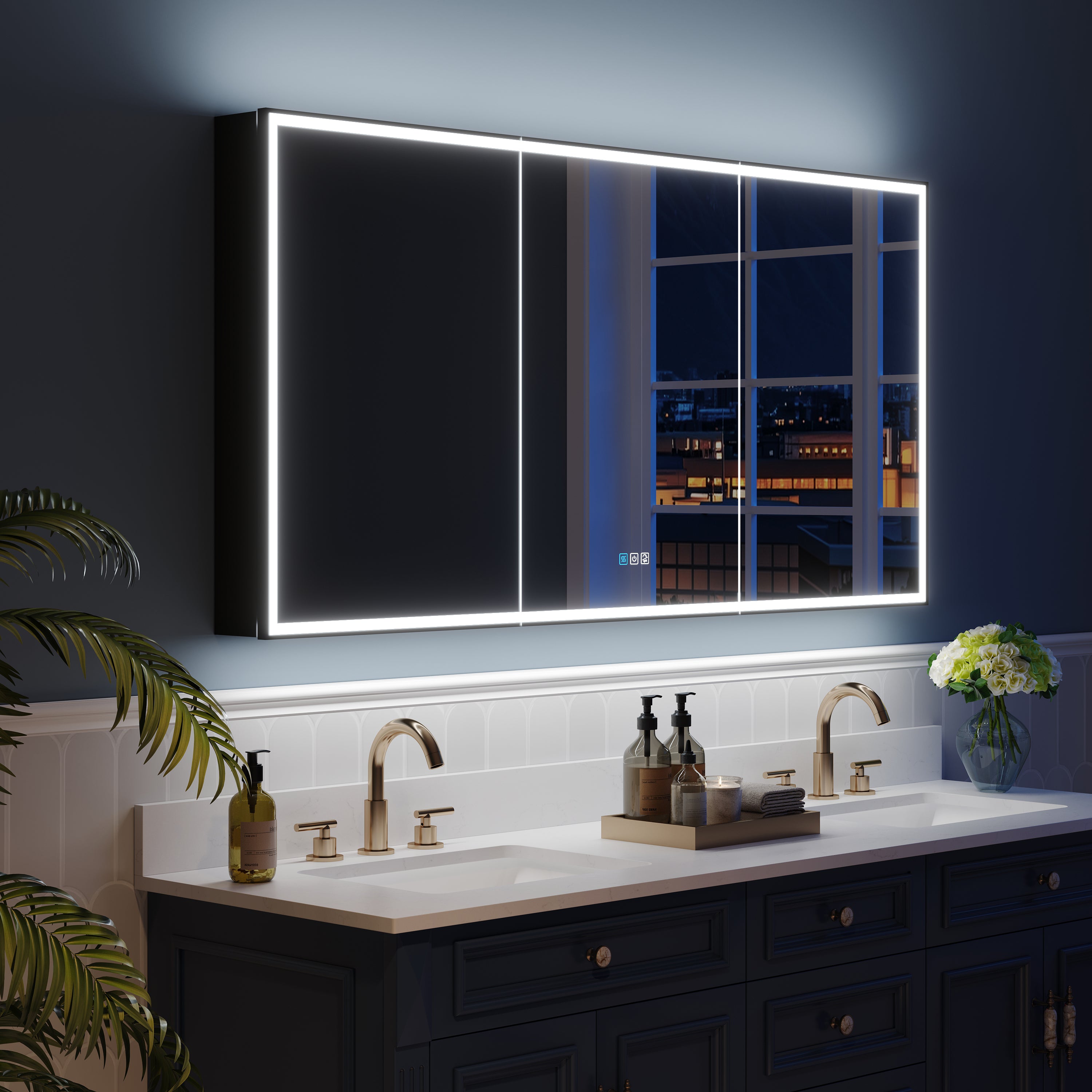
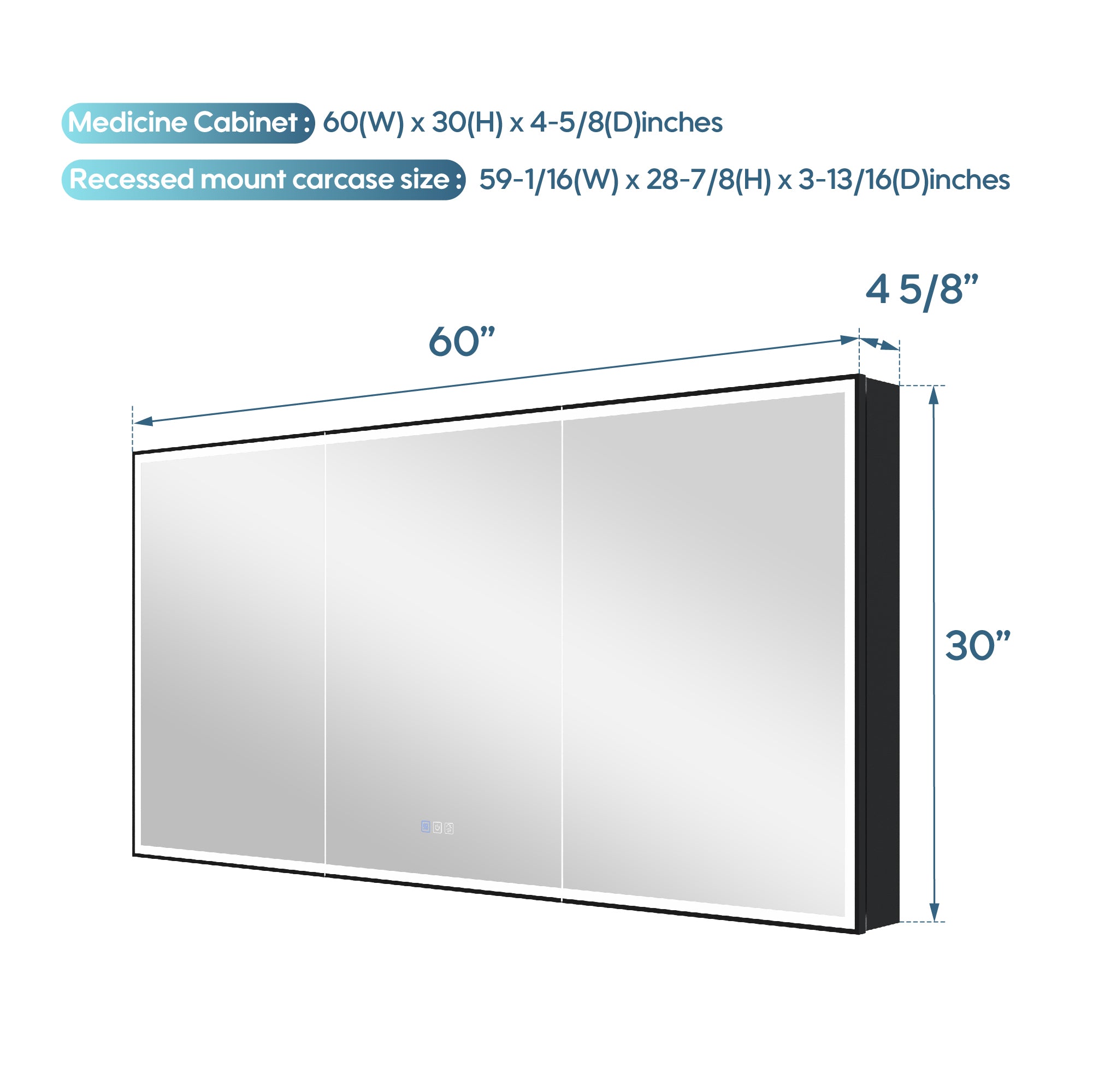
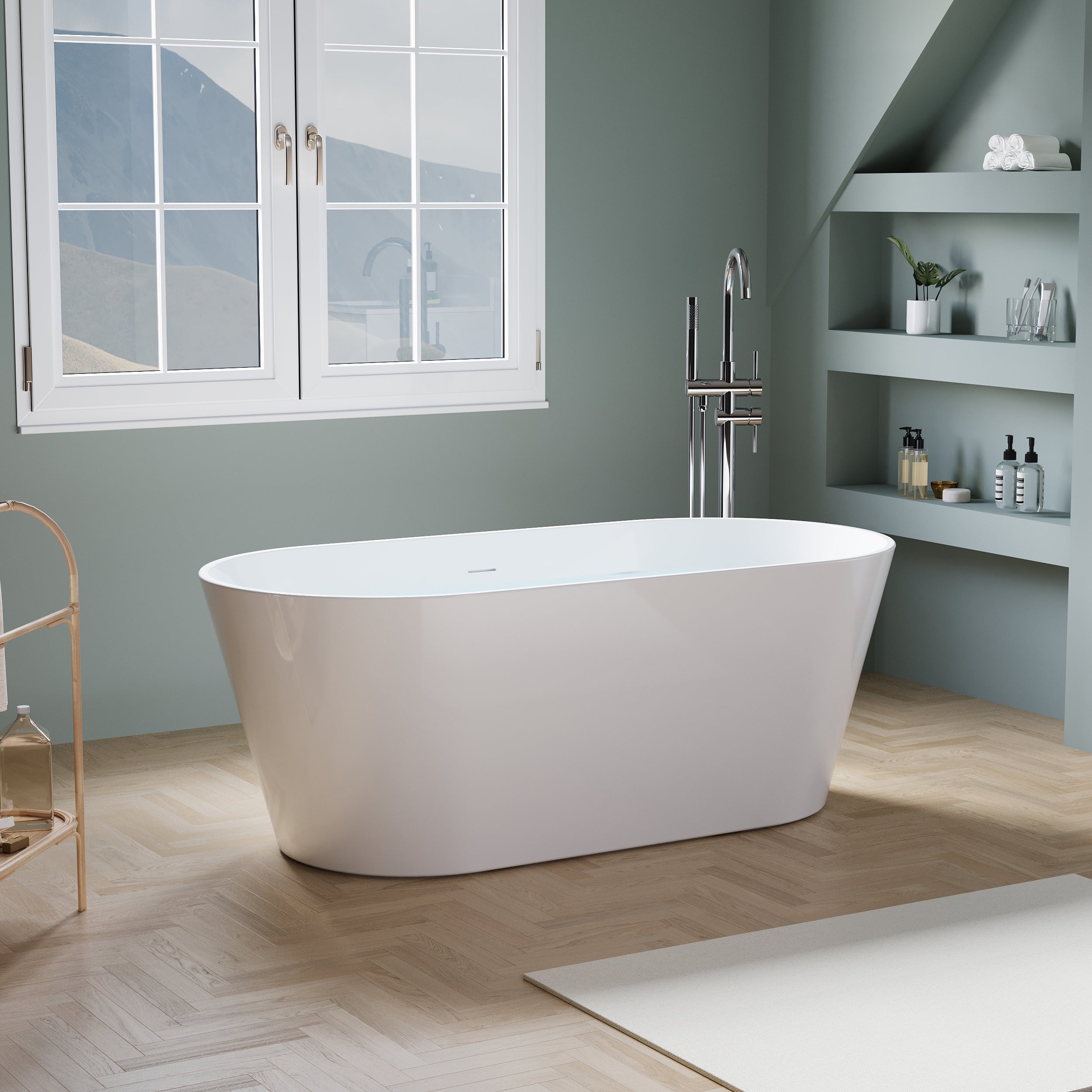
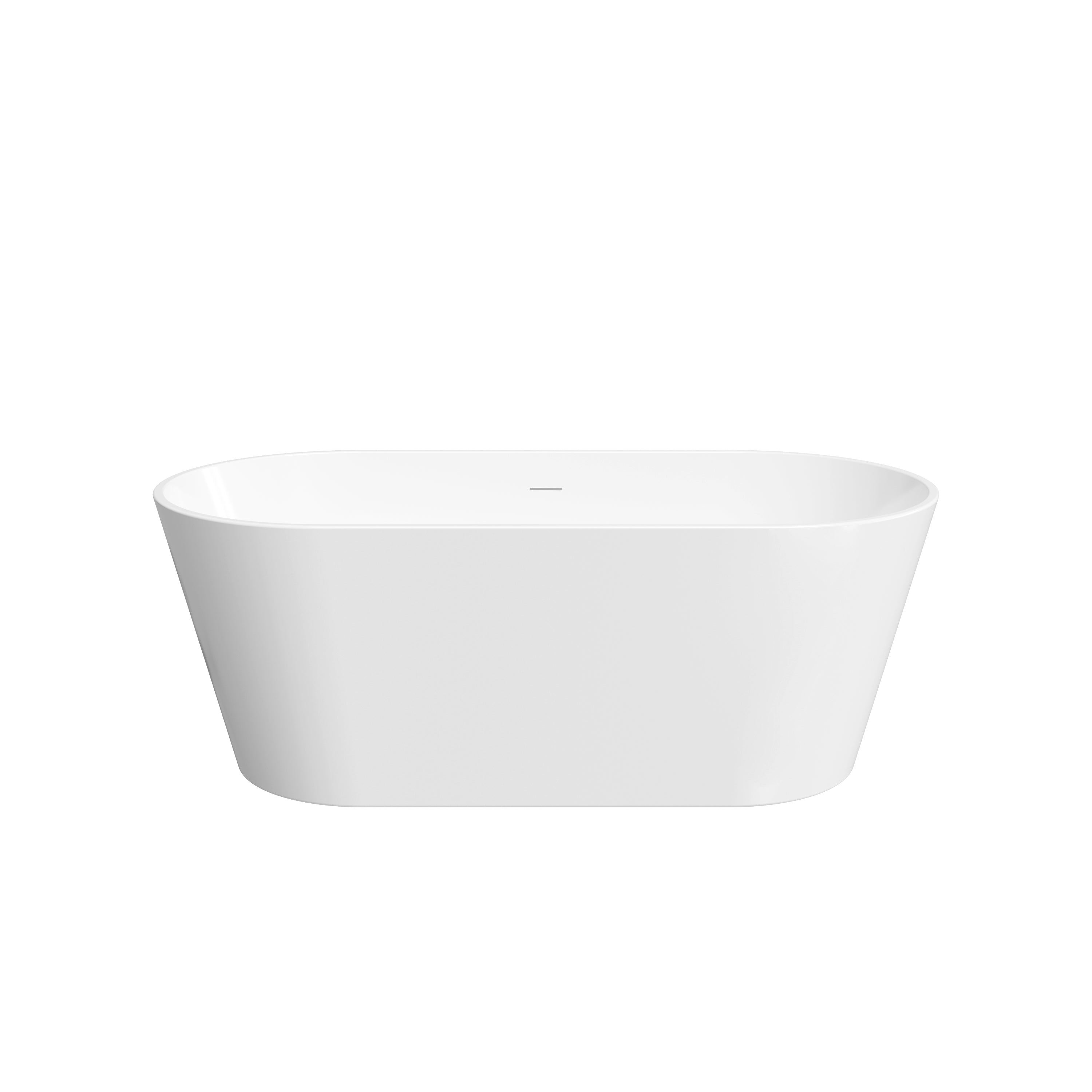


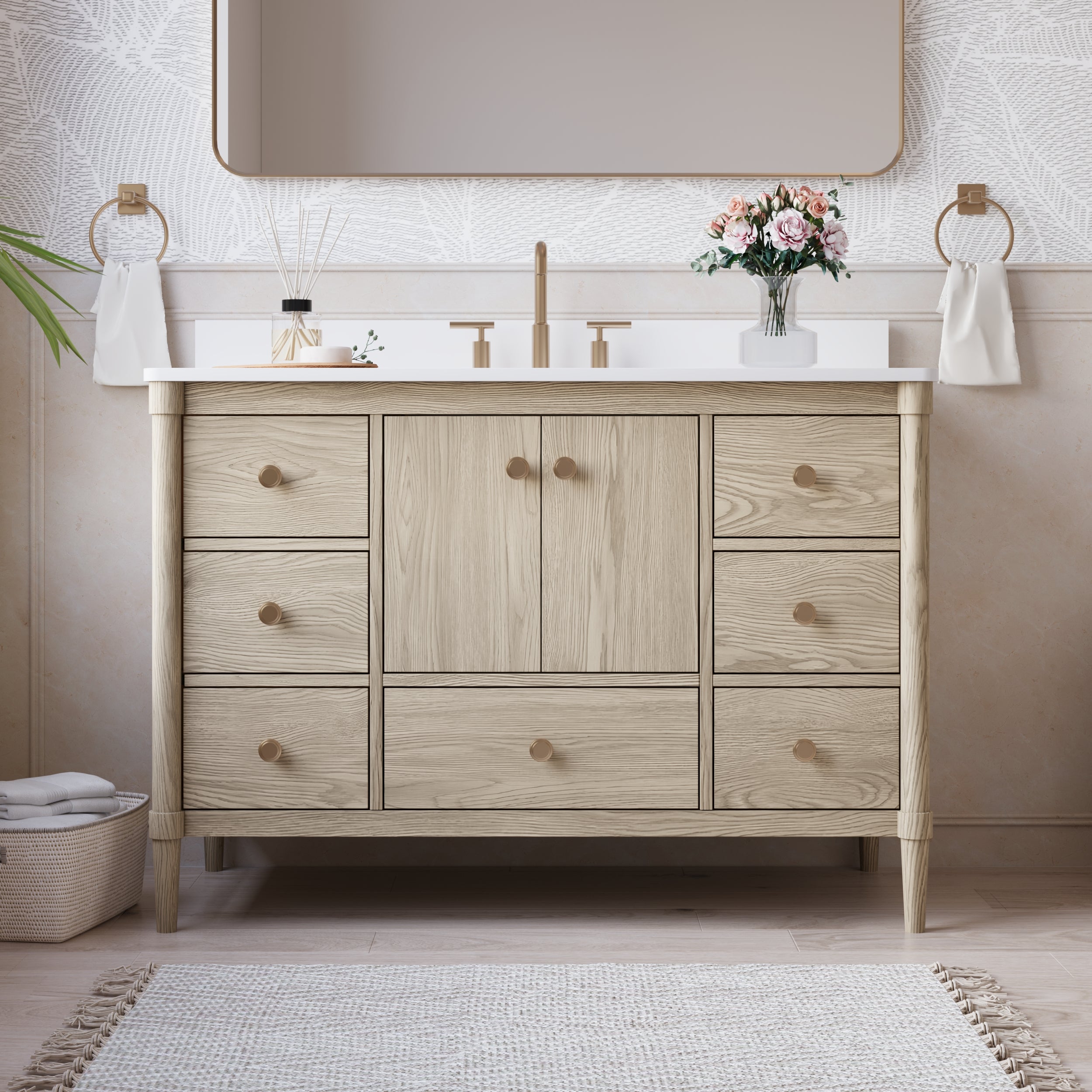
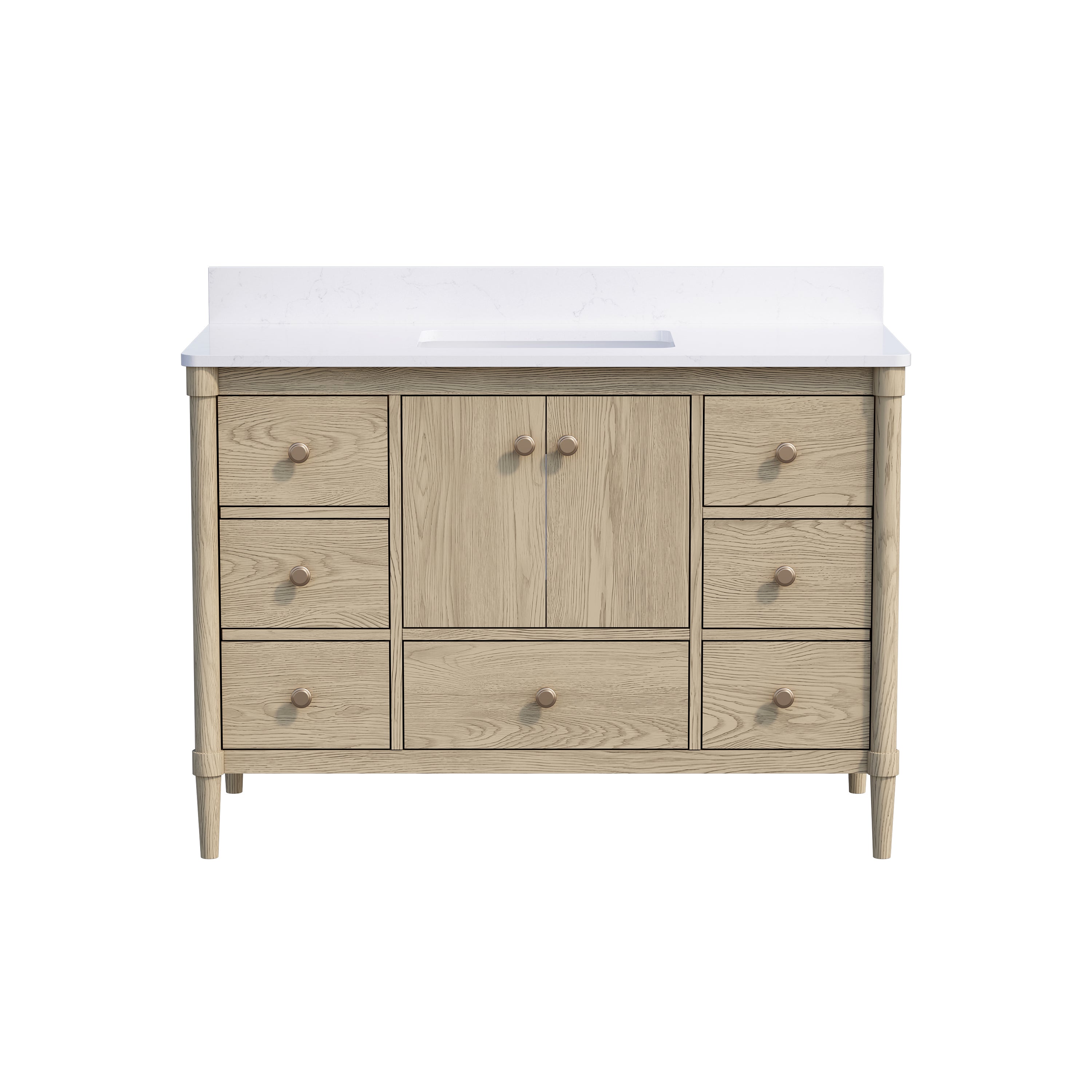
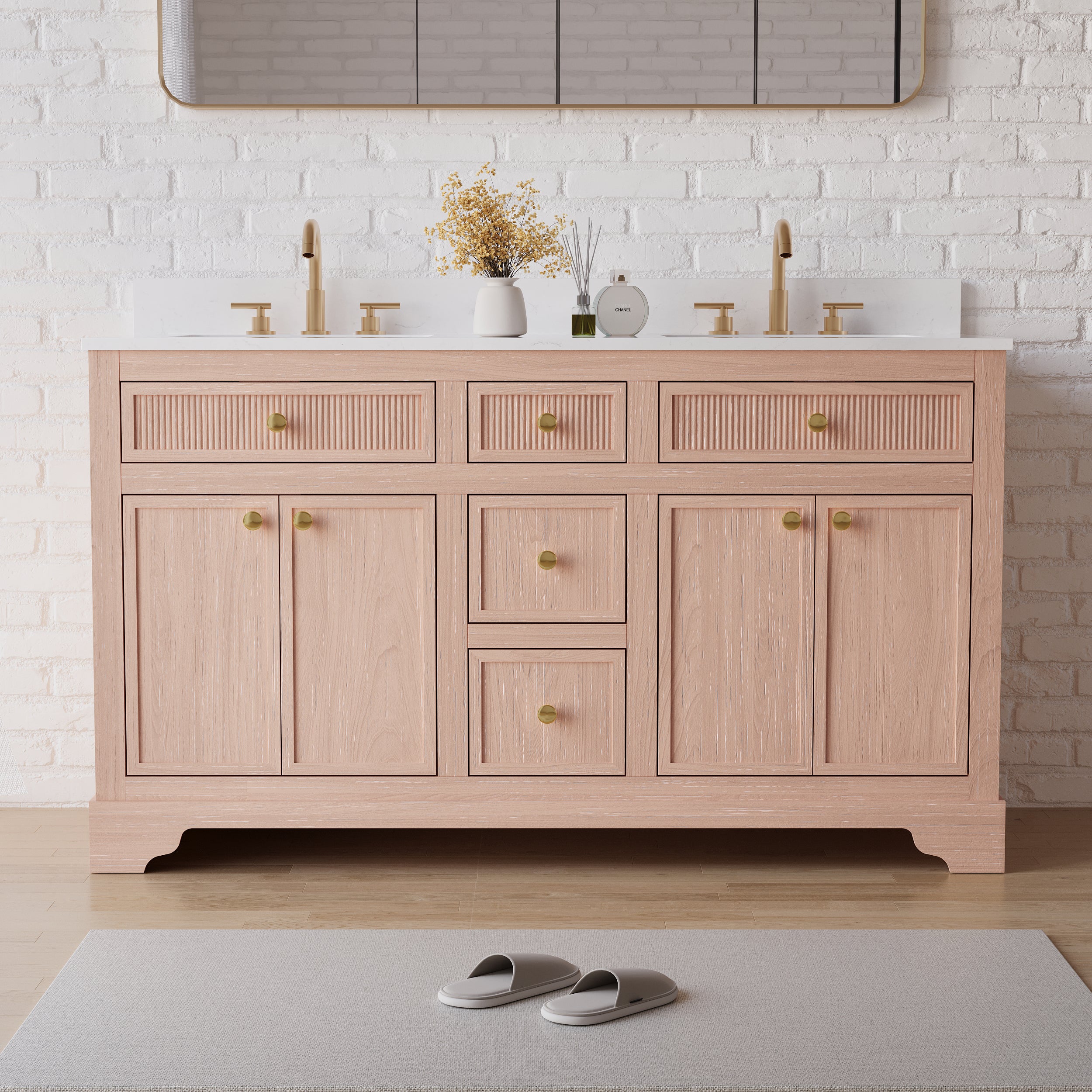
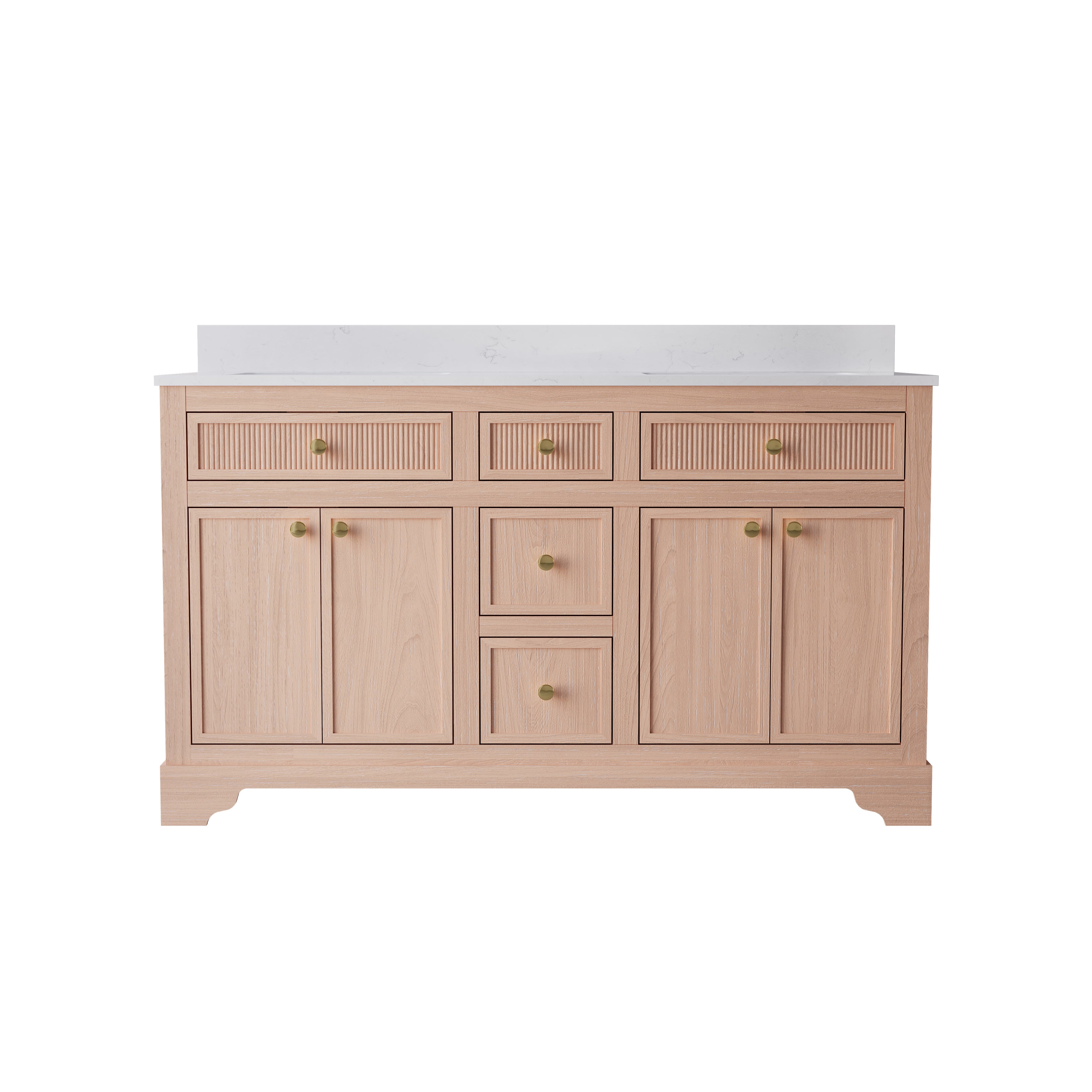
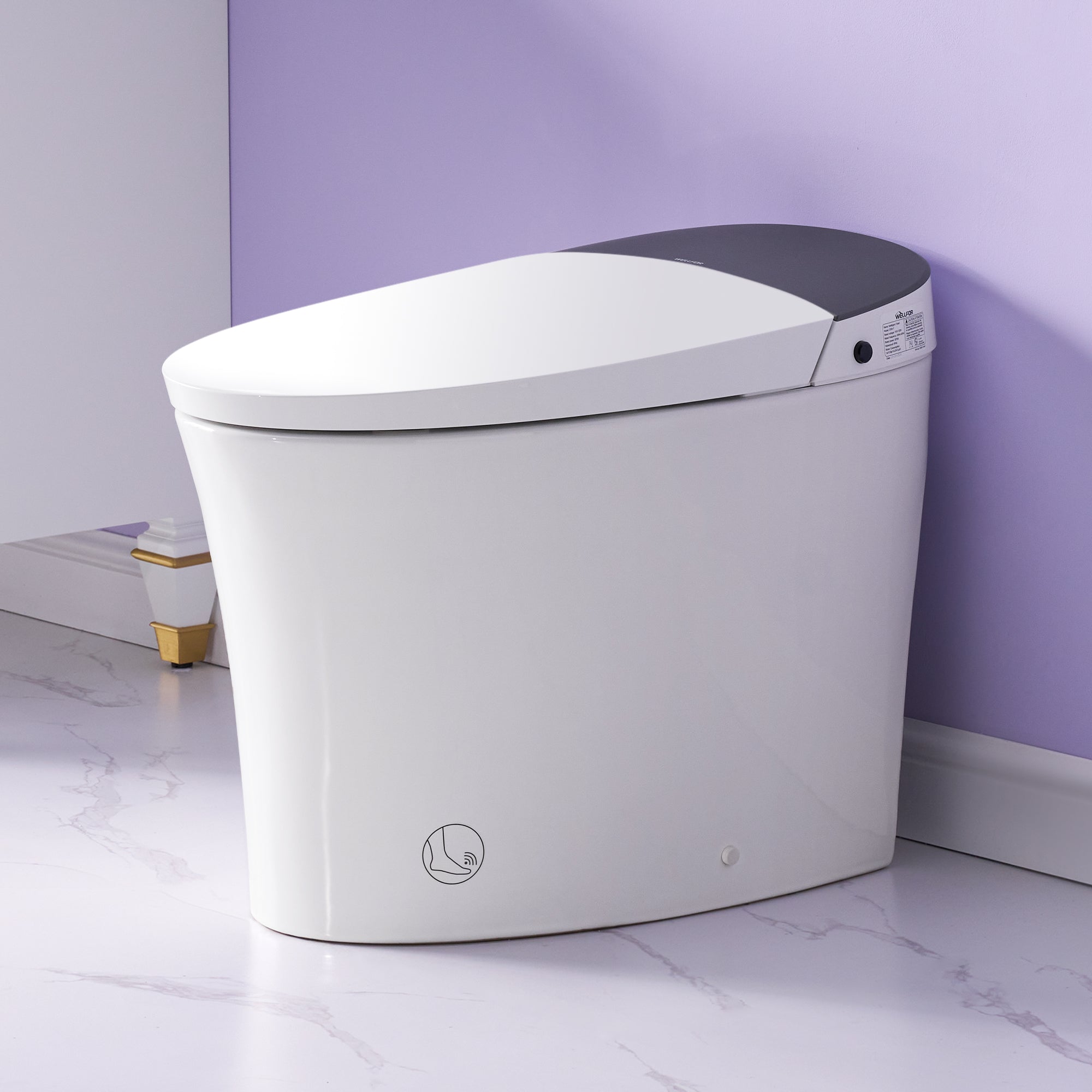
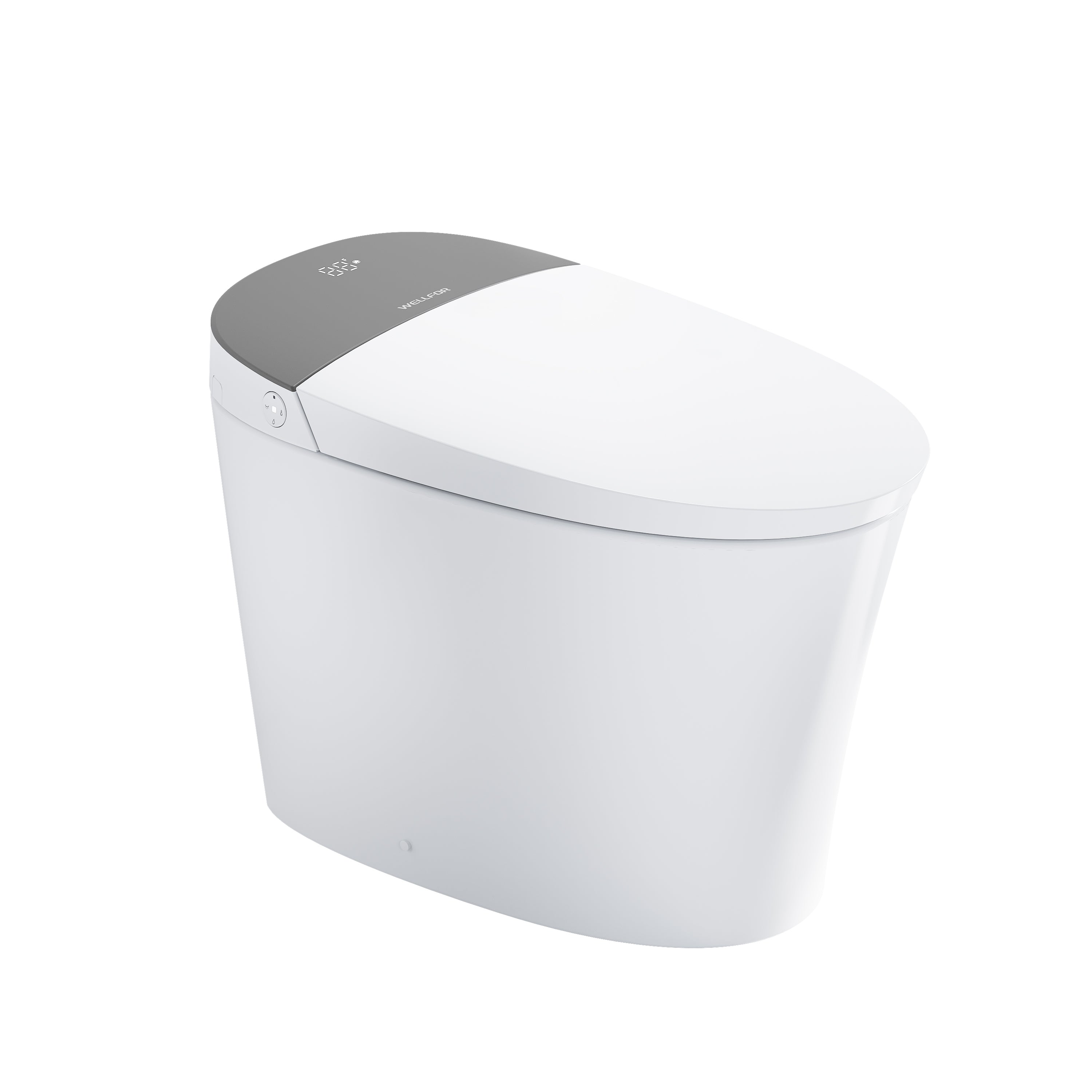
Leave a comment
This site is protected by hCaptcha and the hCaptcha Privacy Policy and Terms of Service apply.